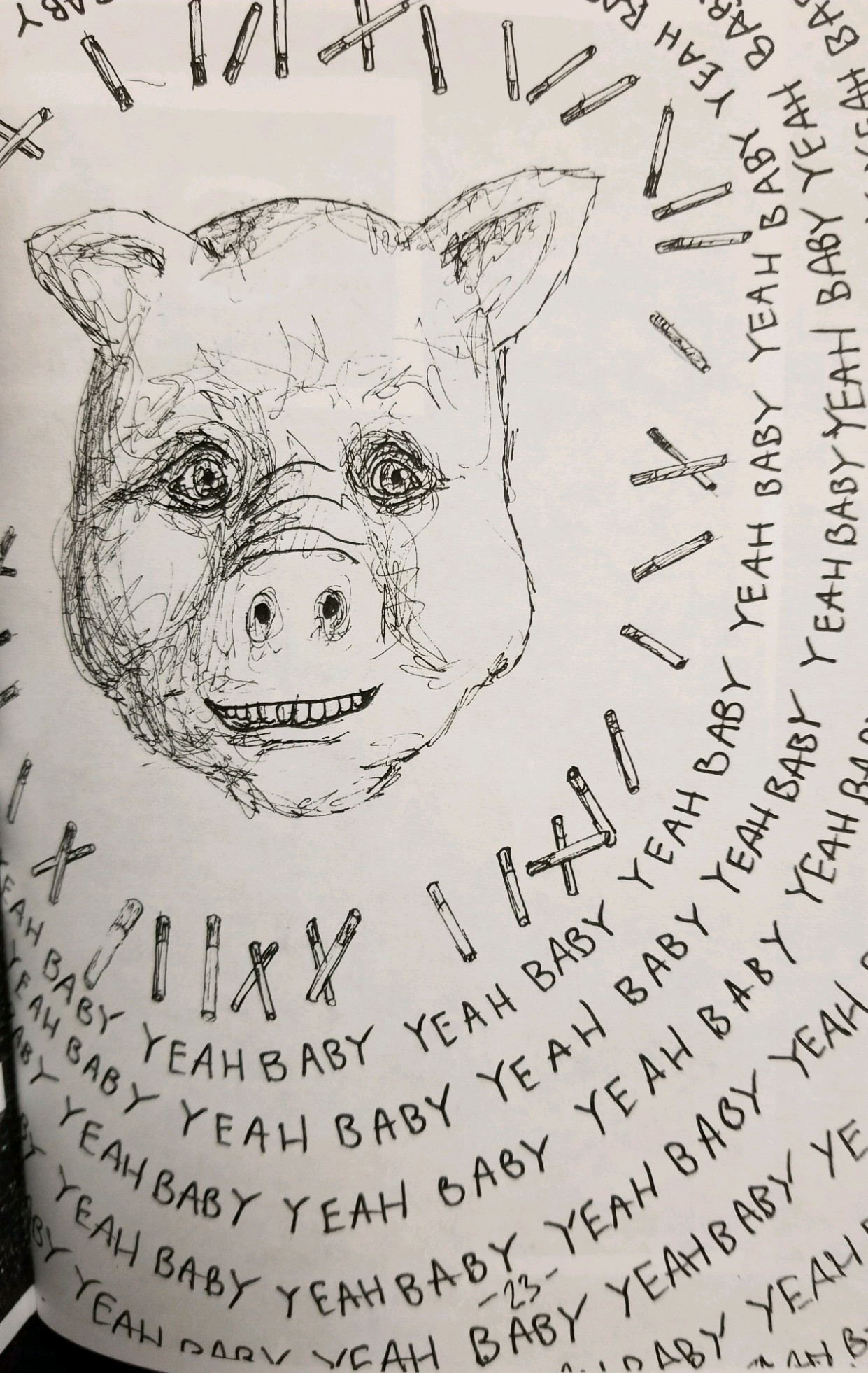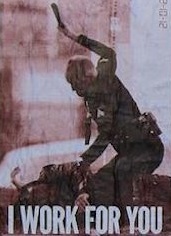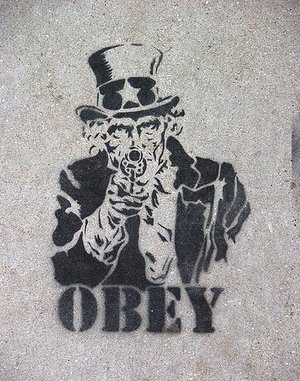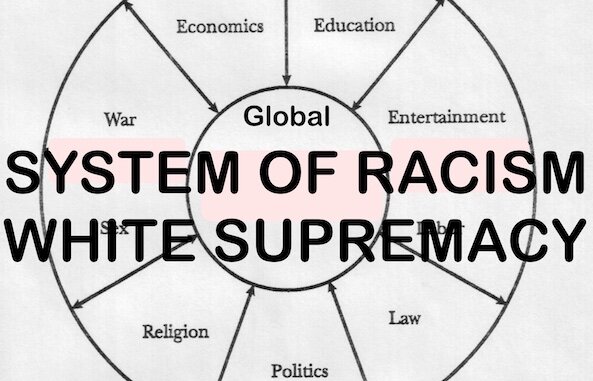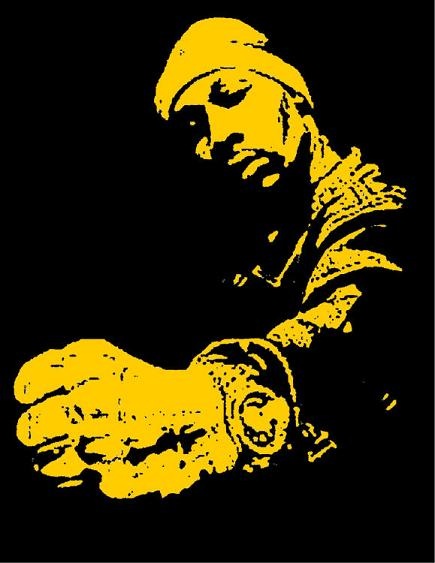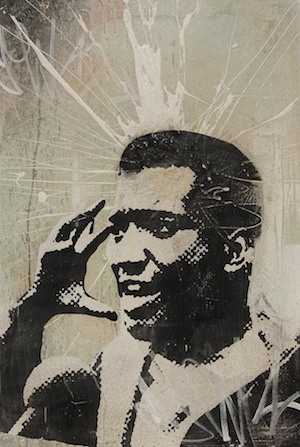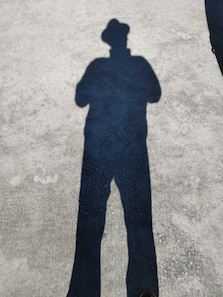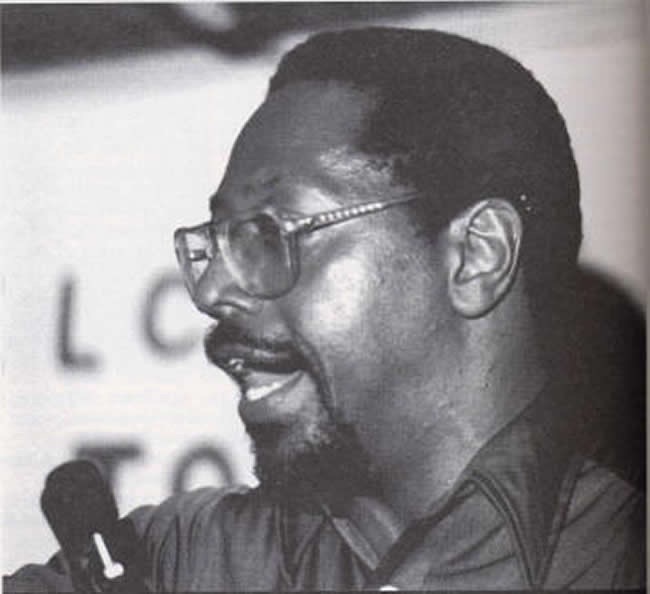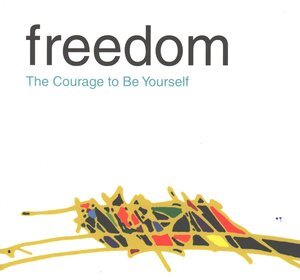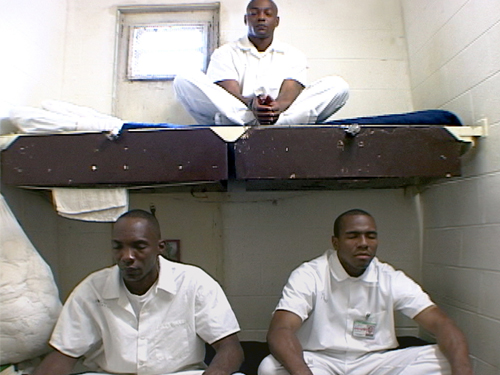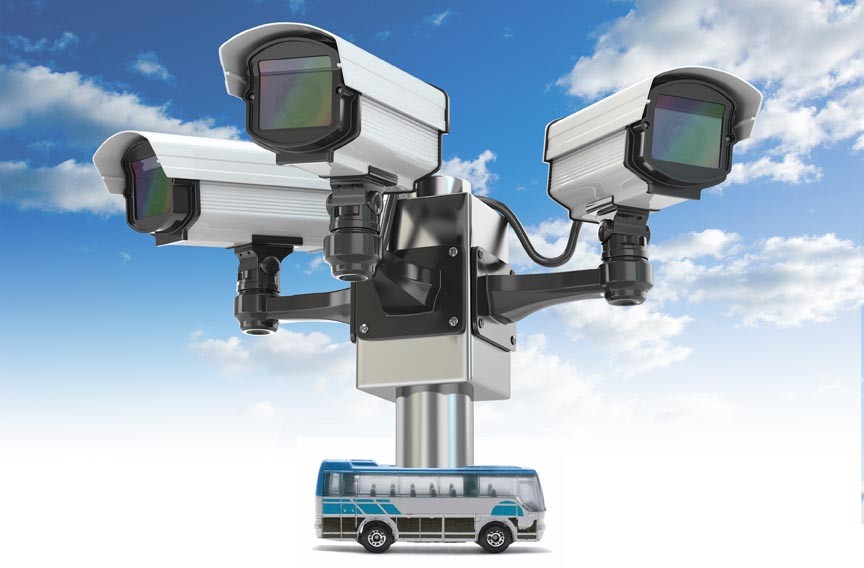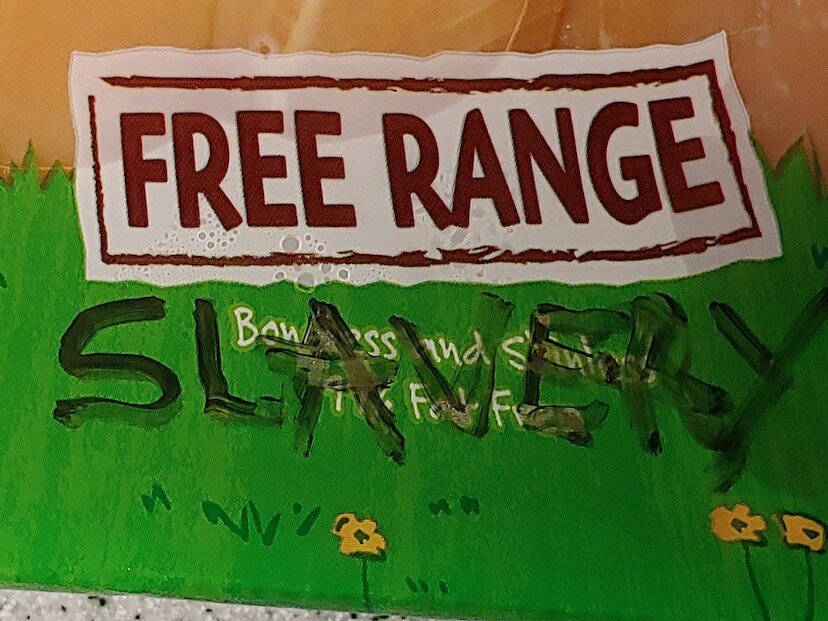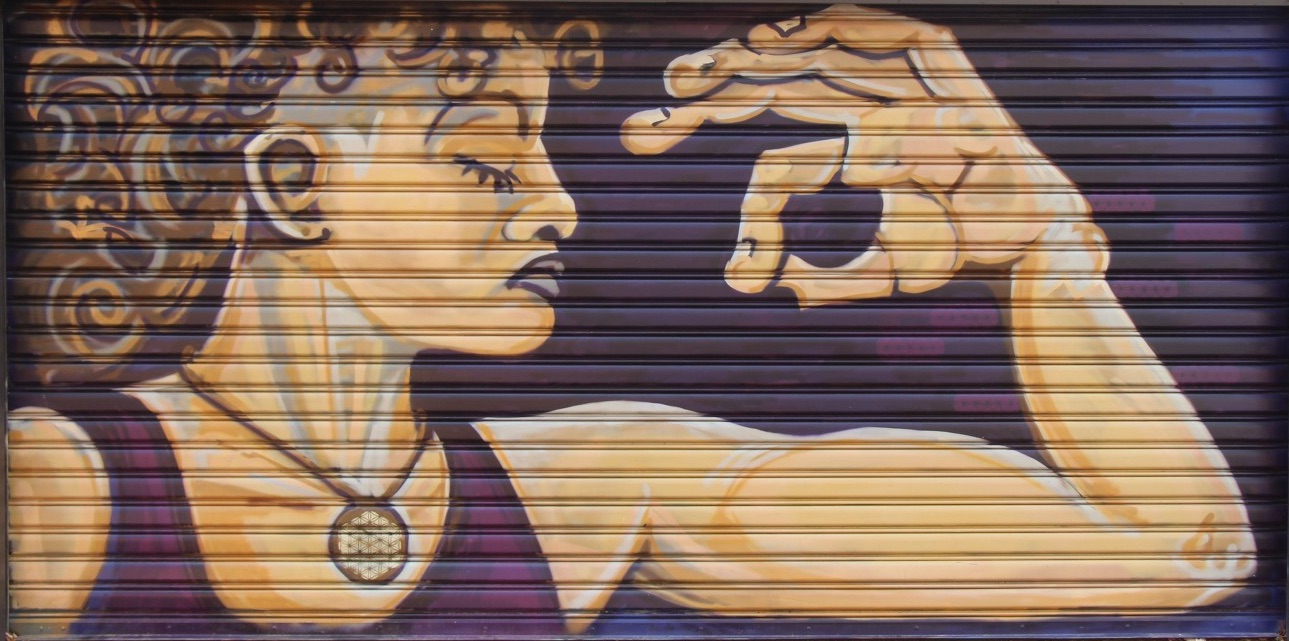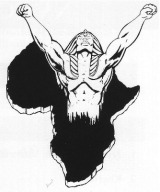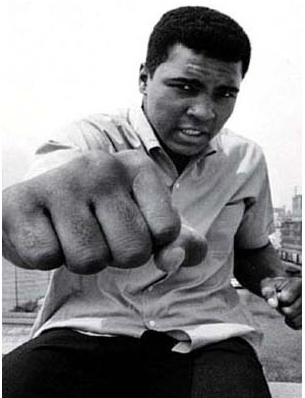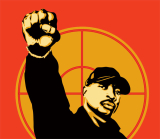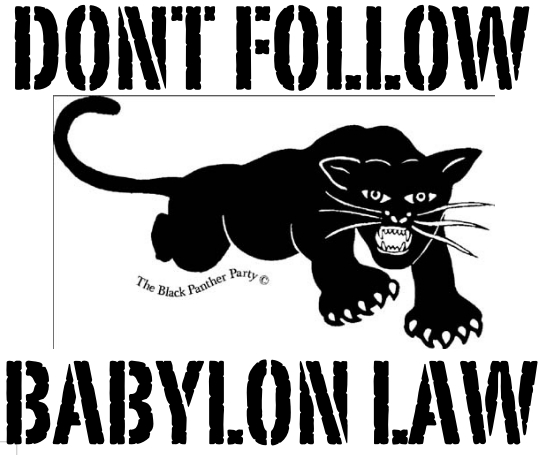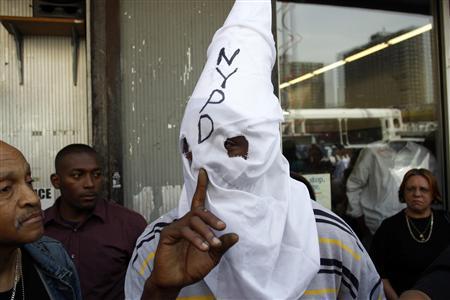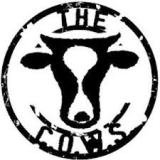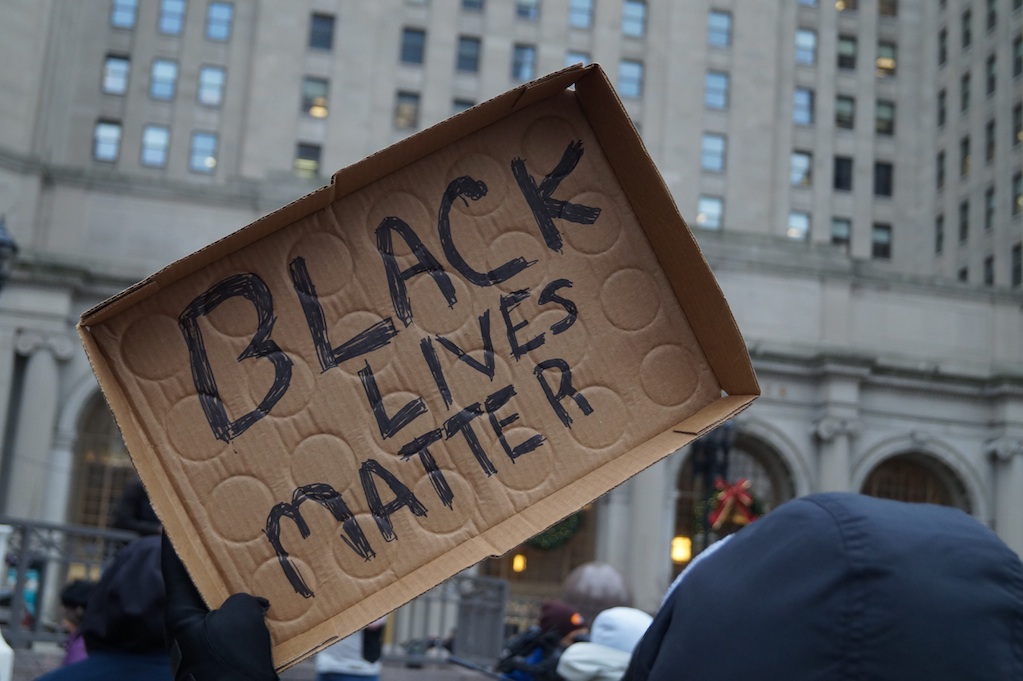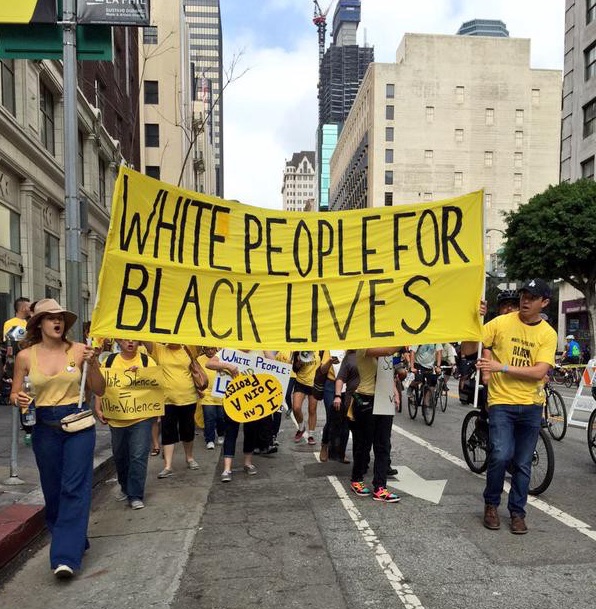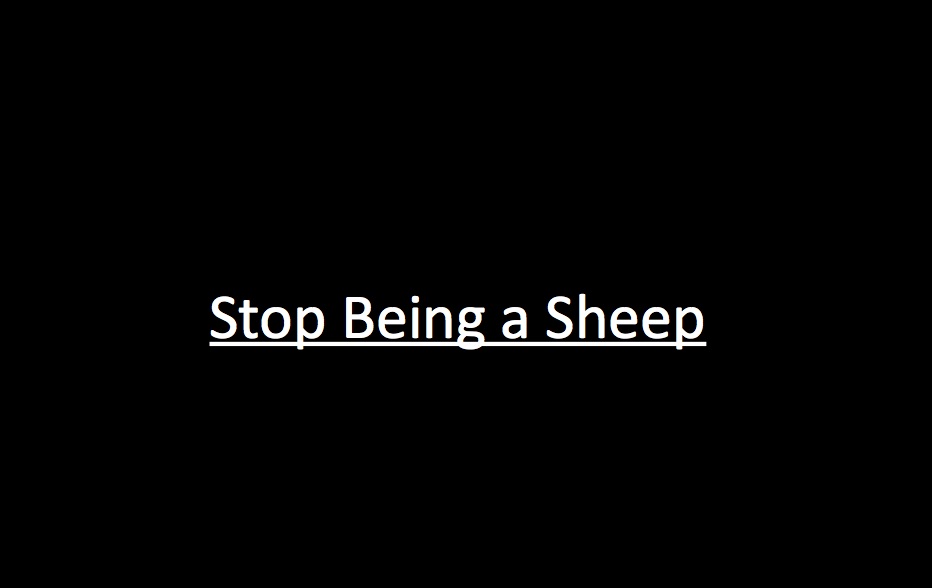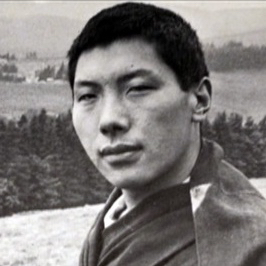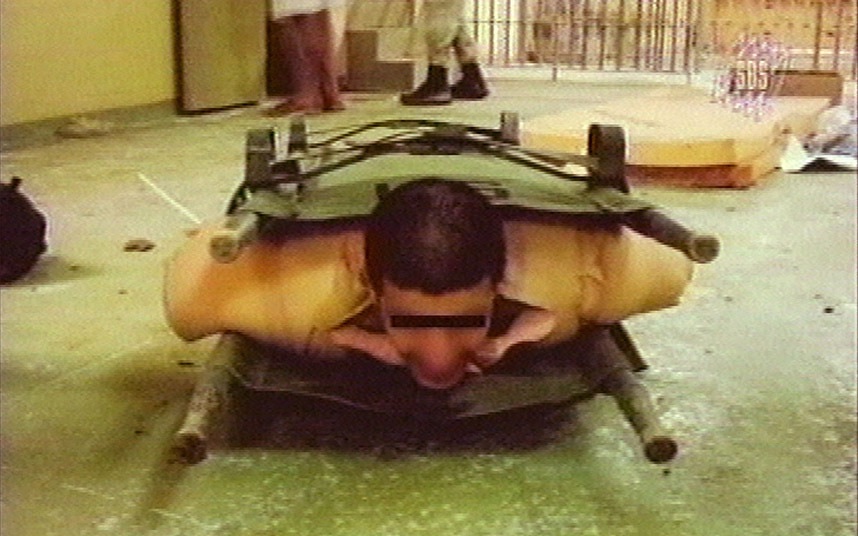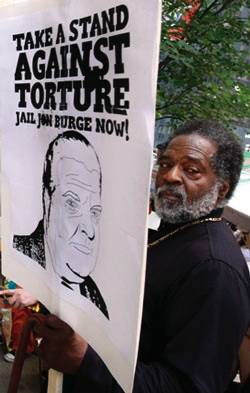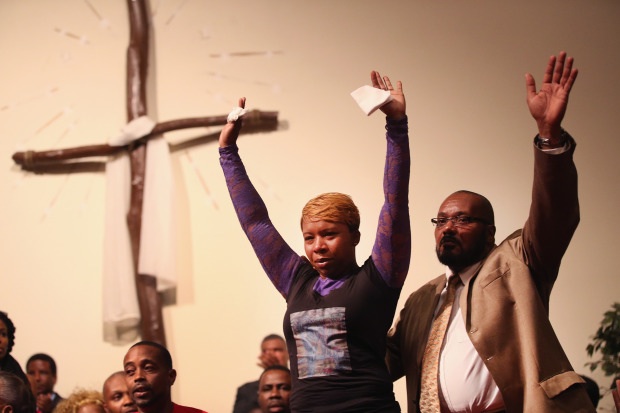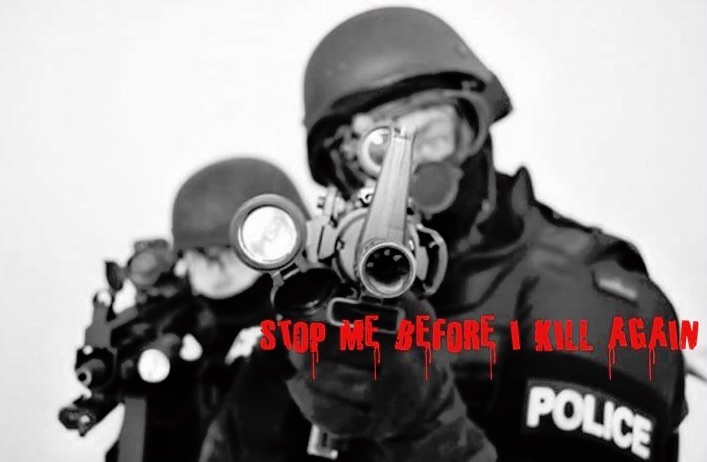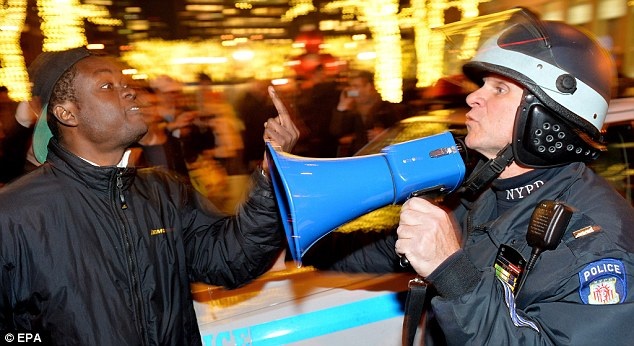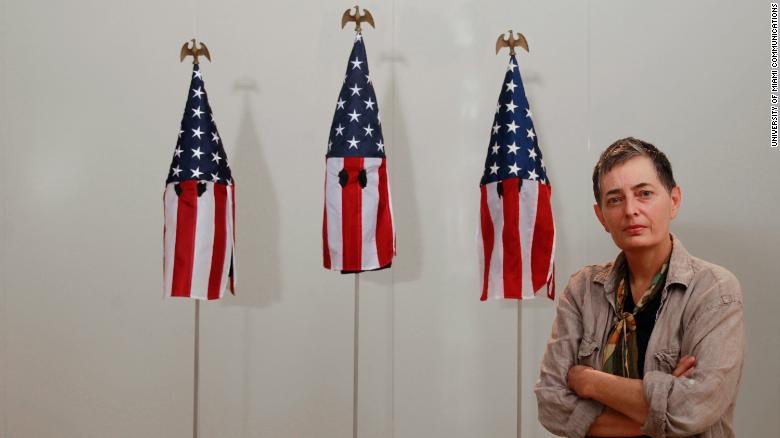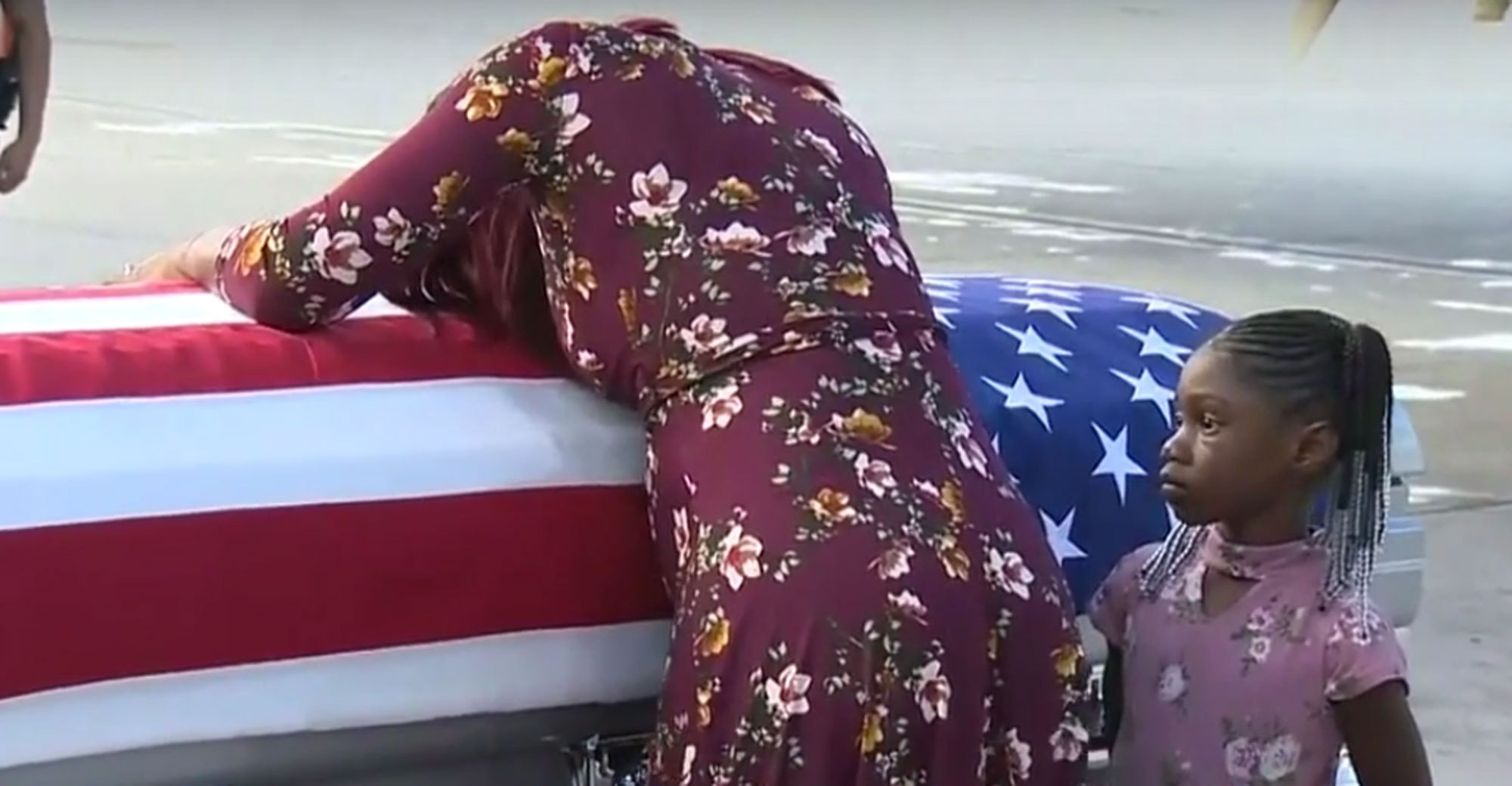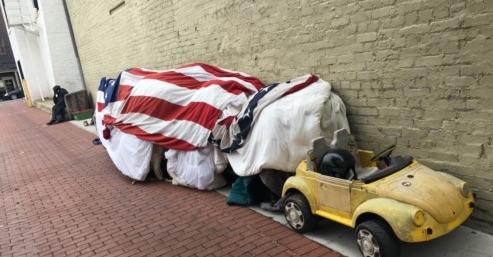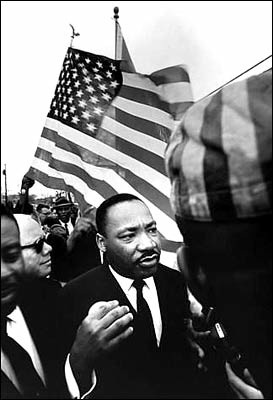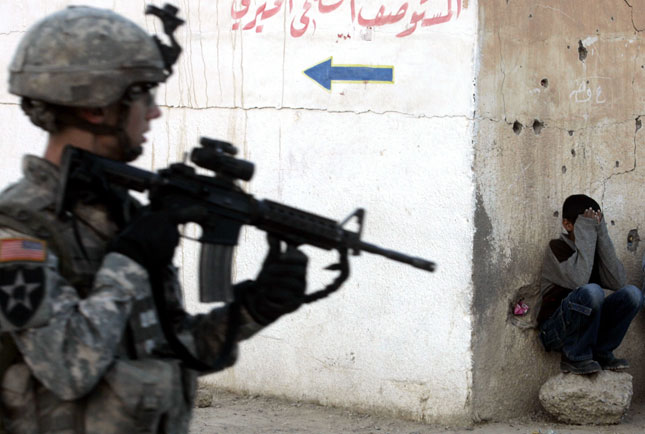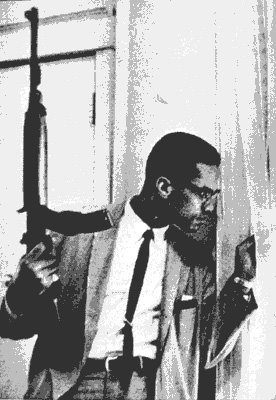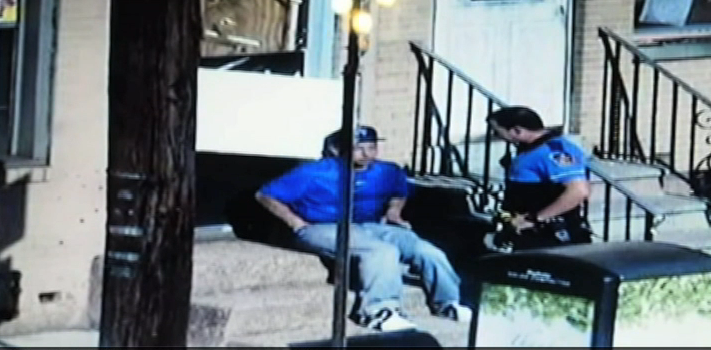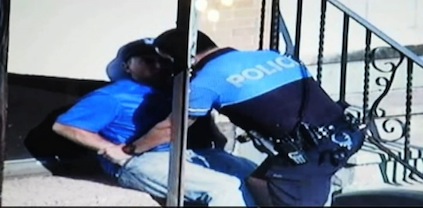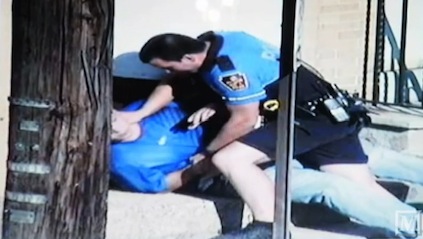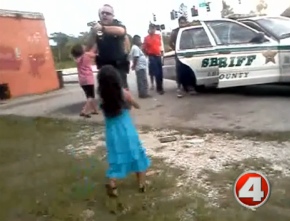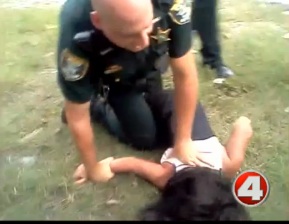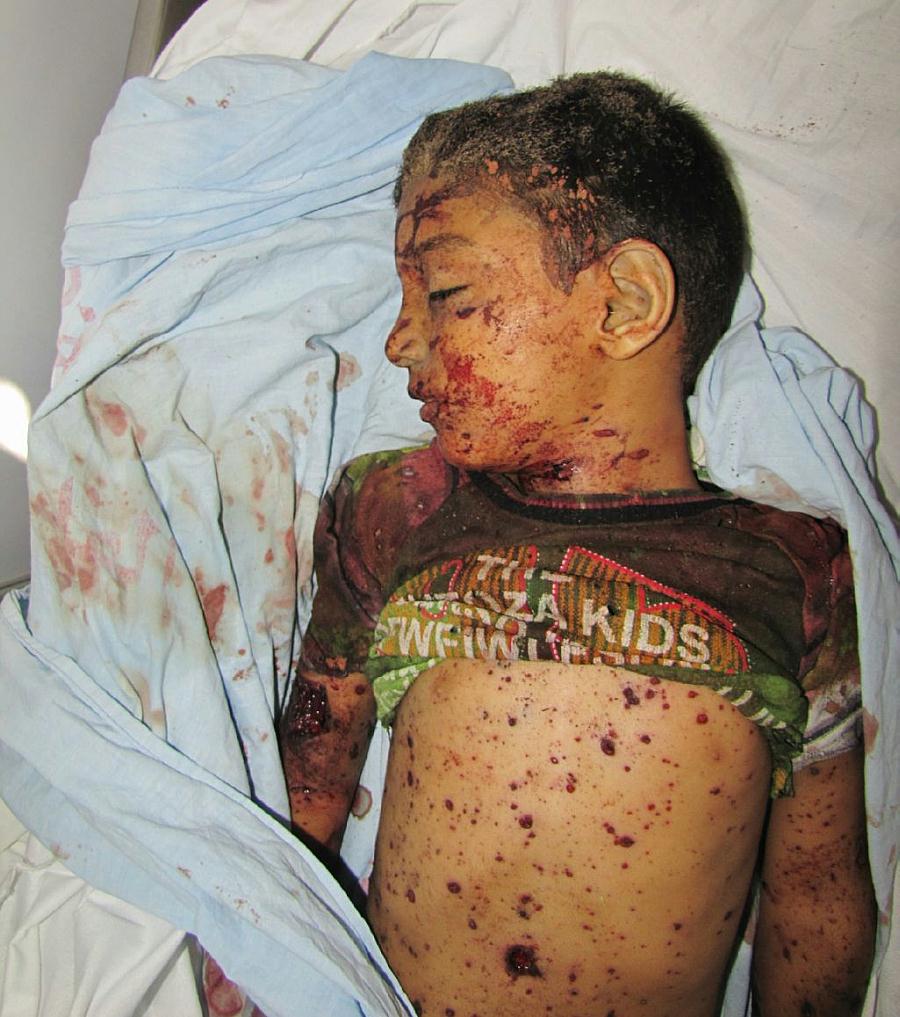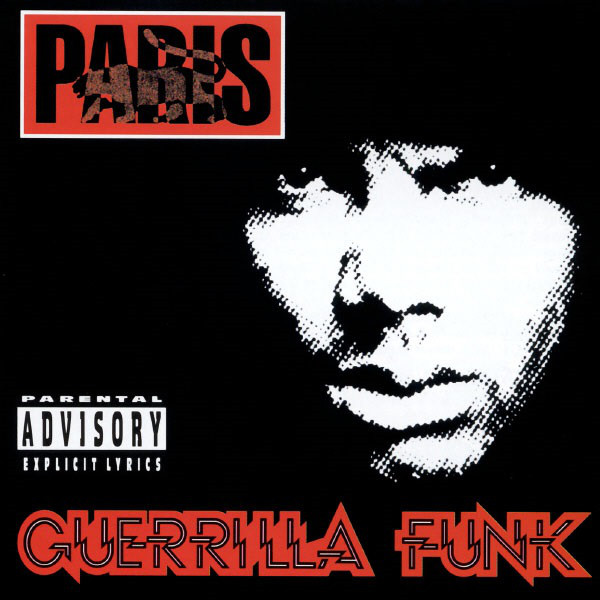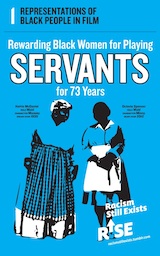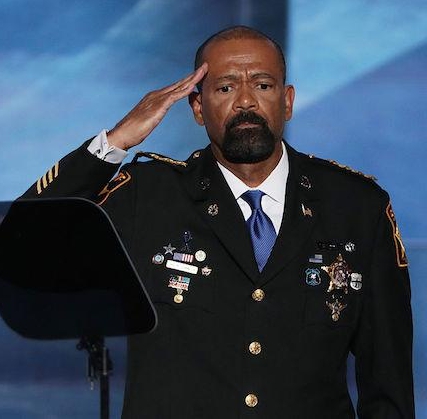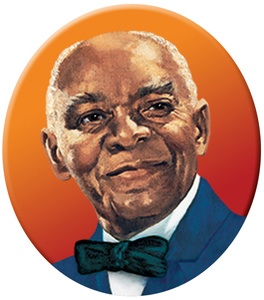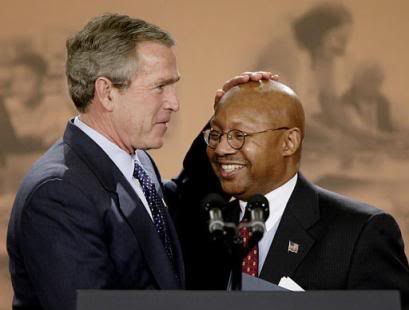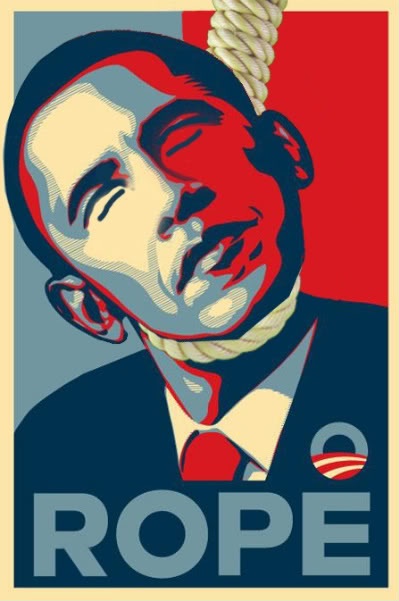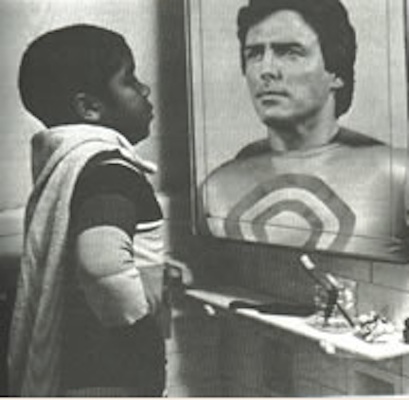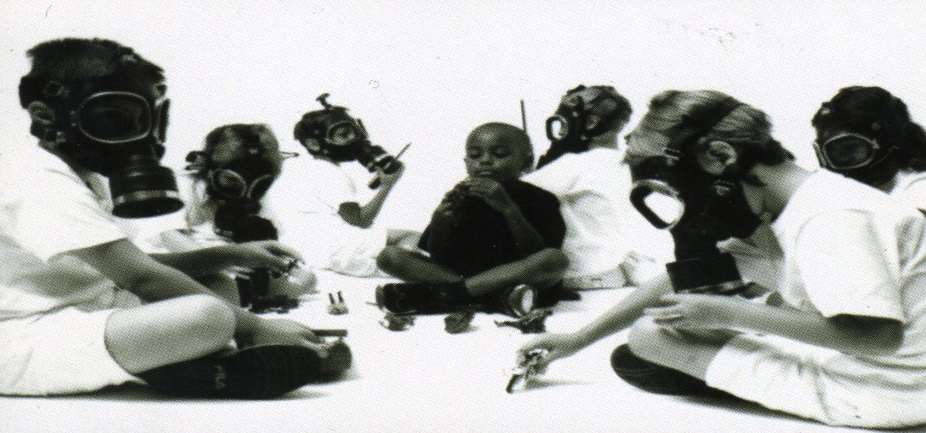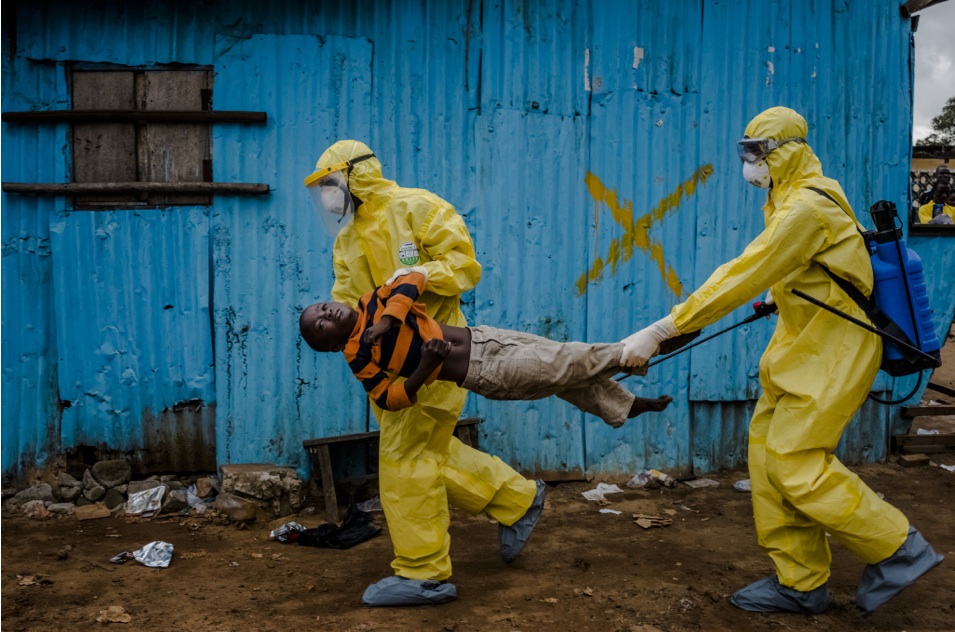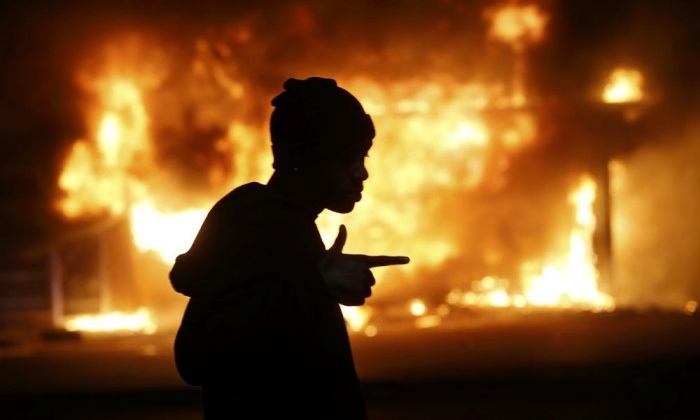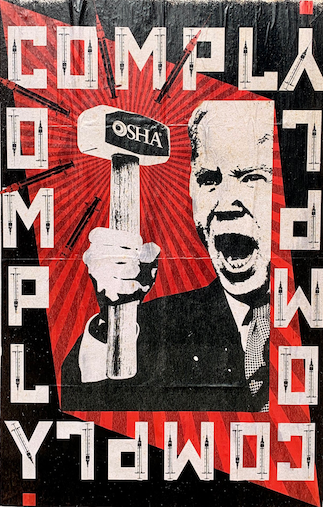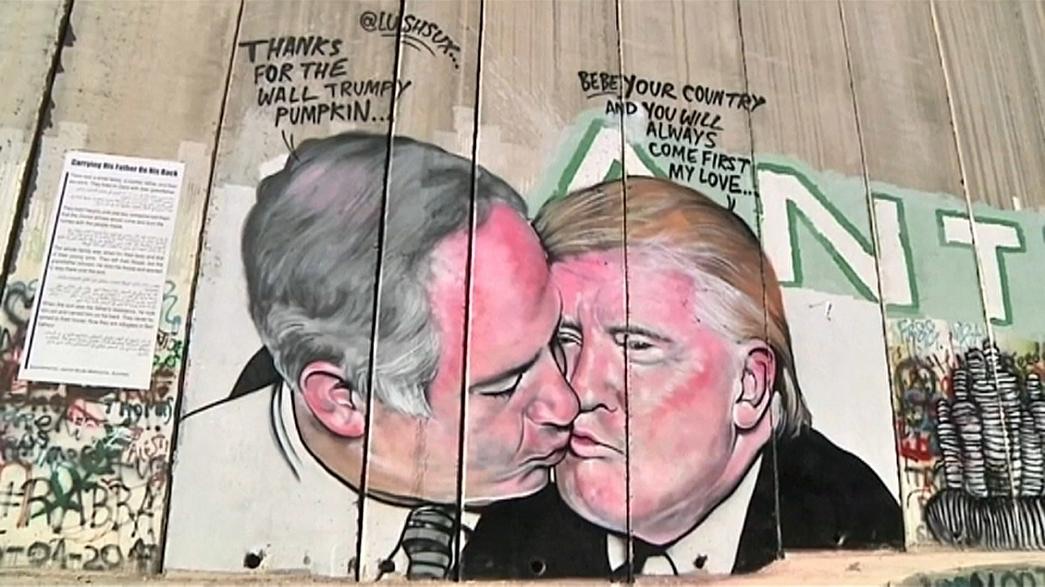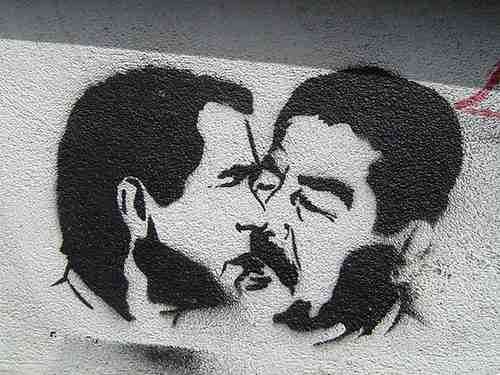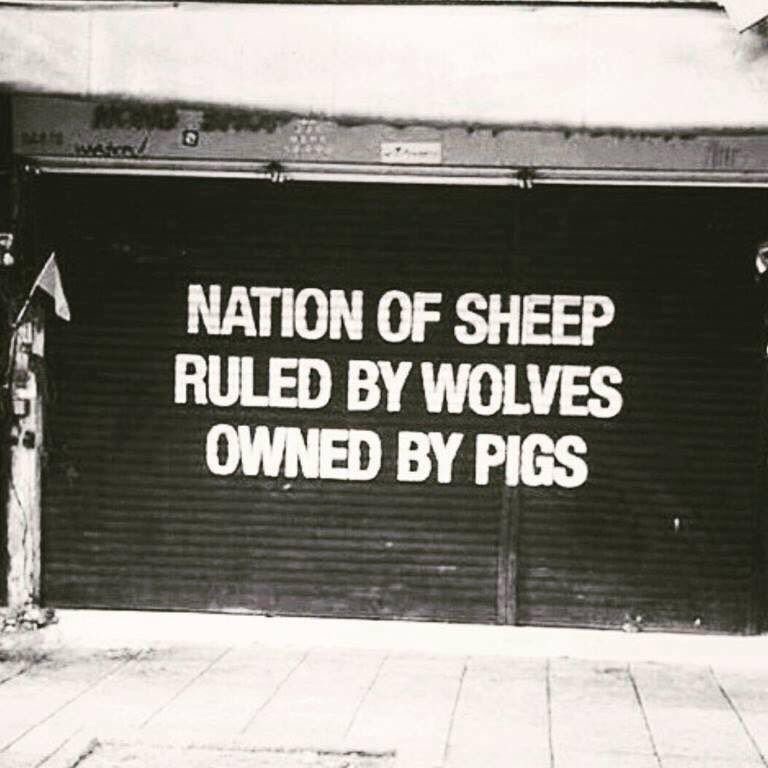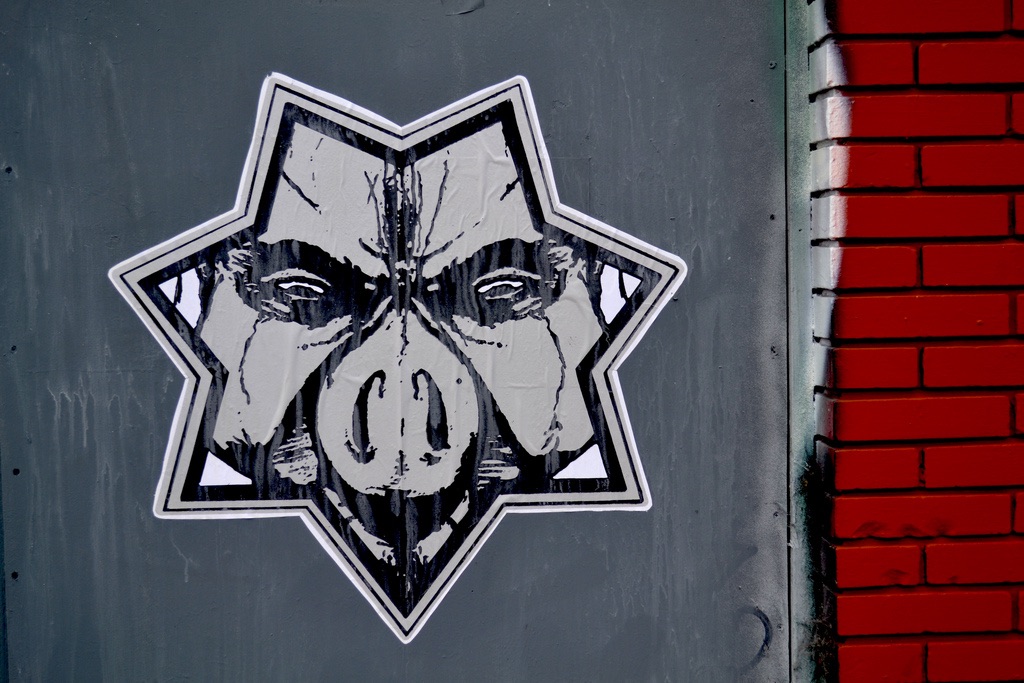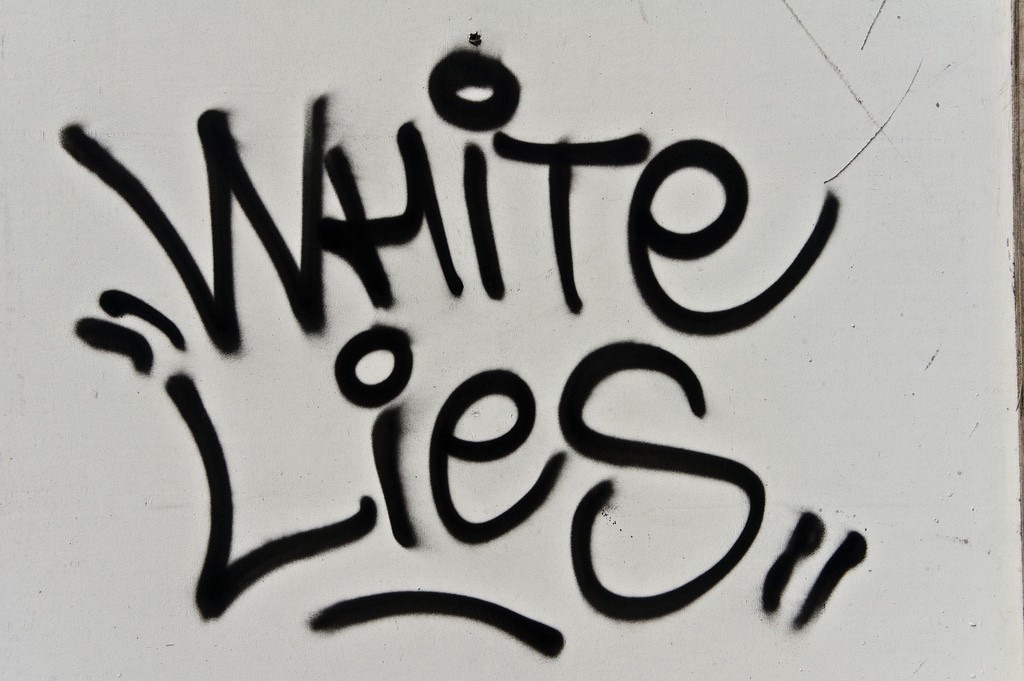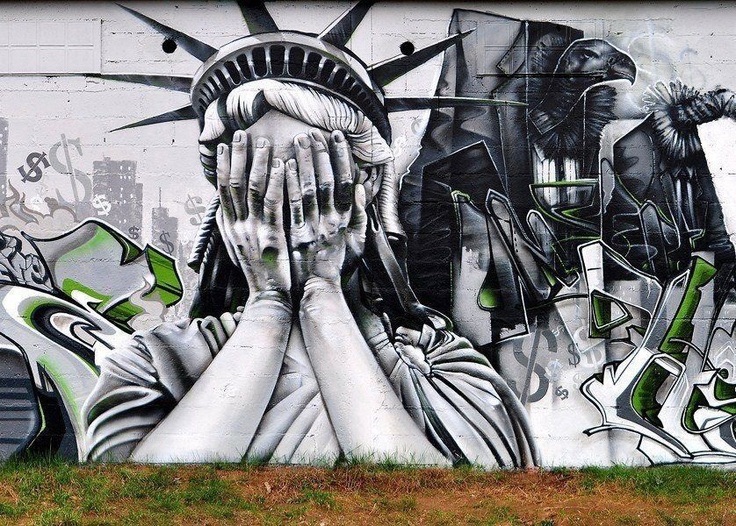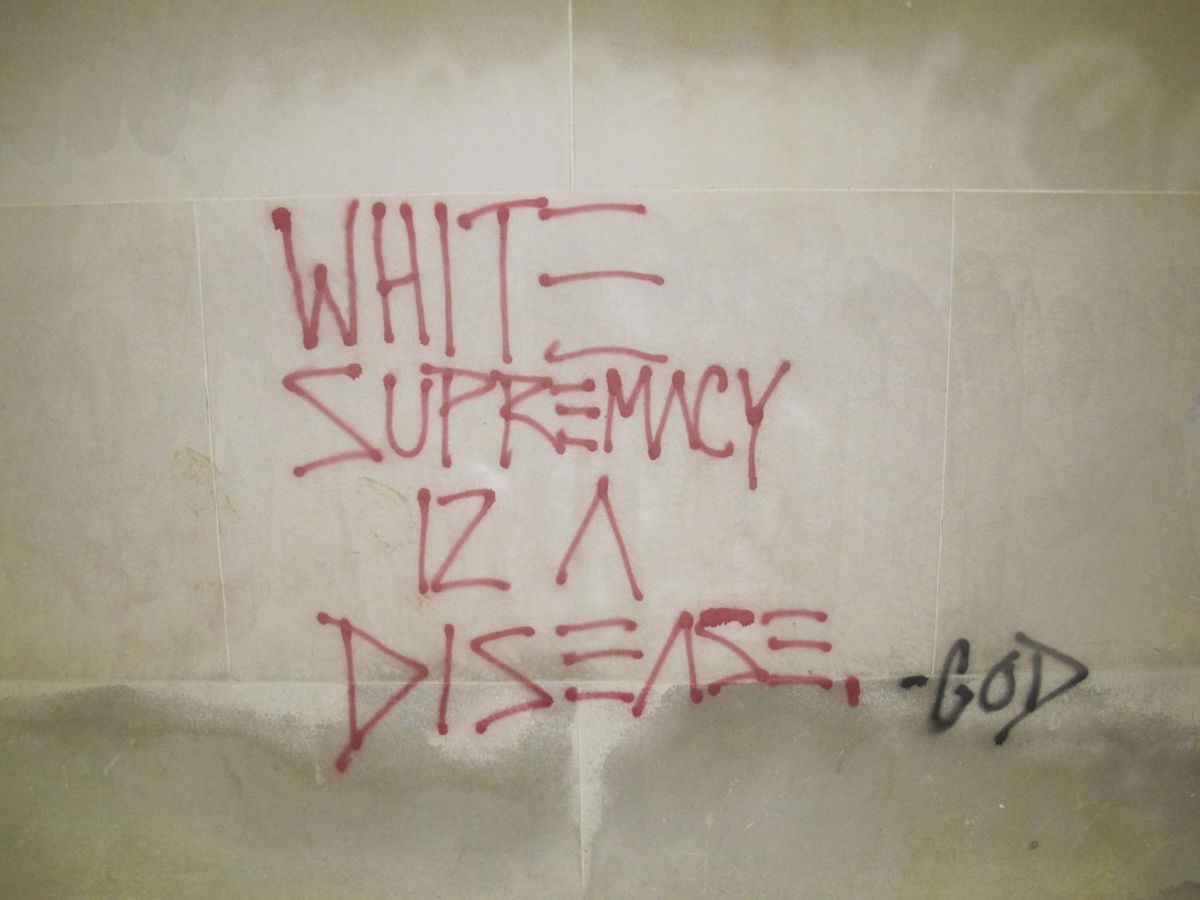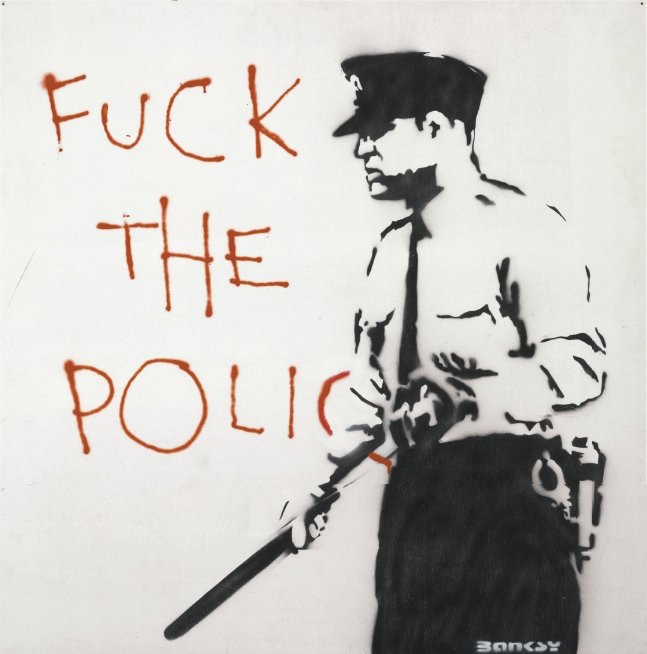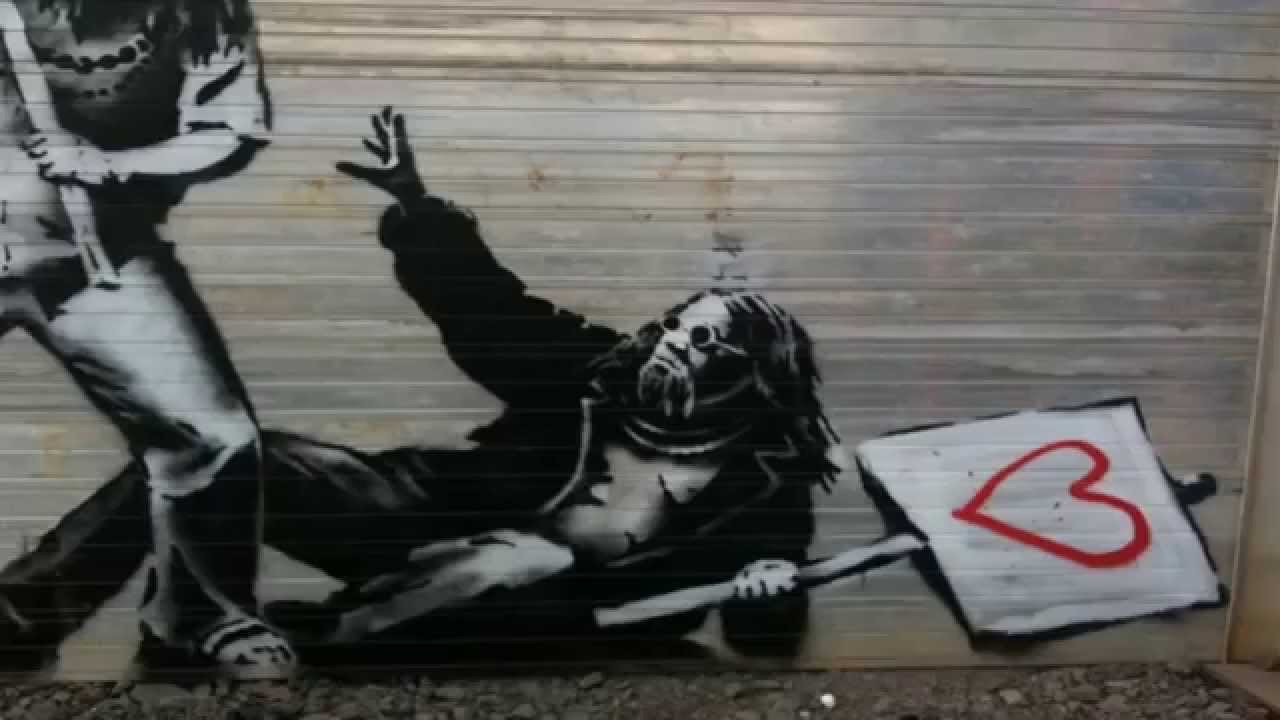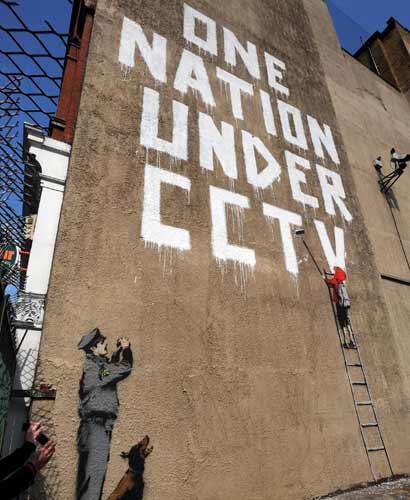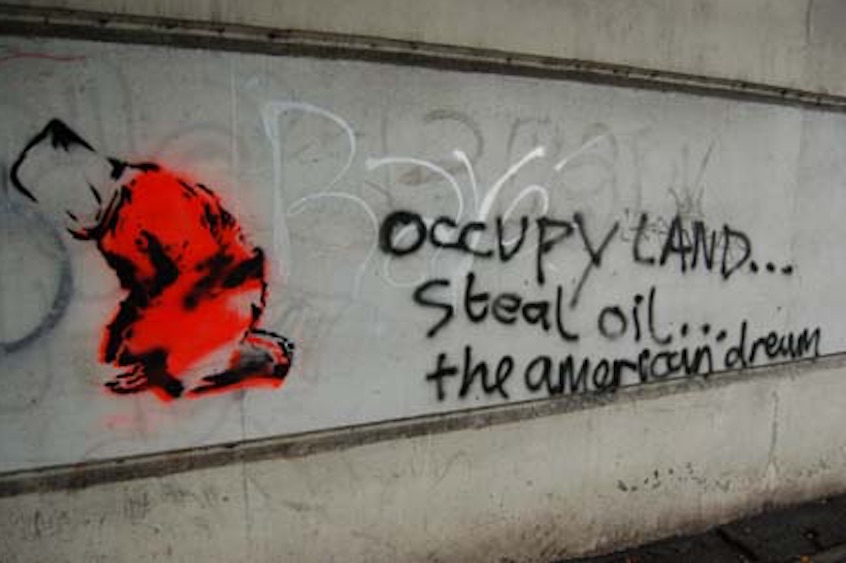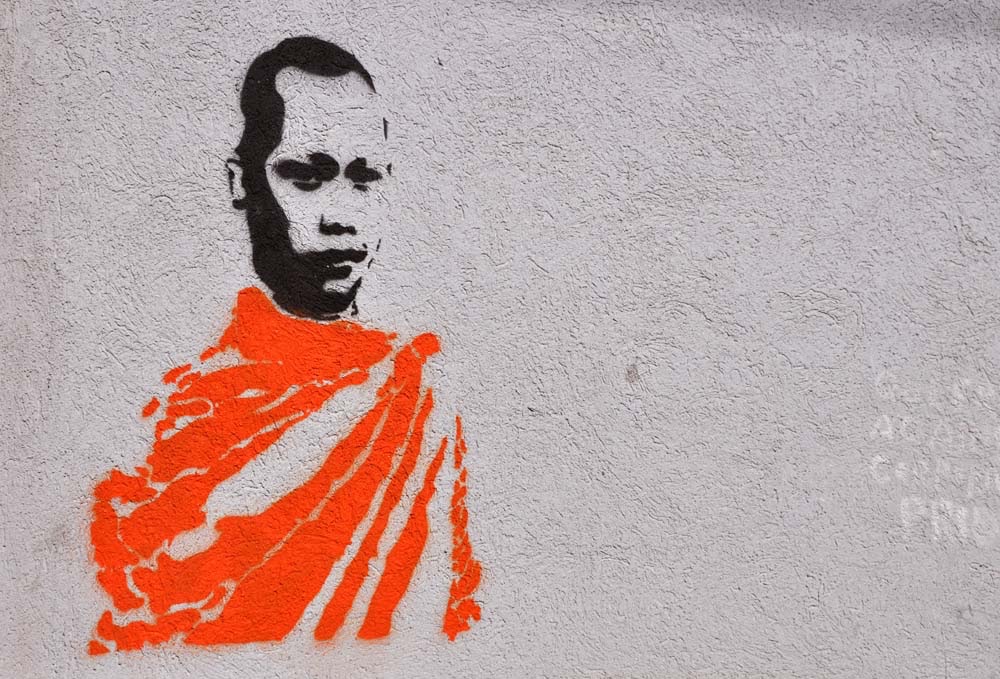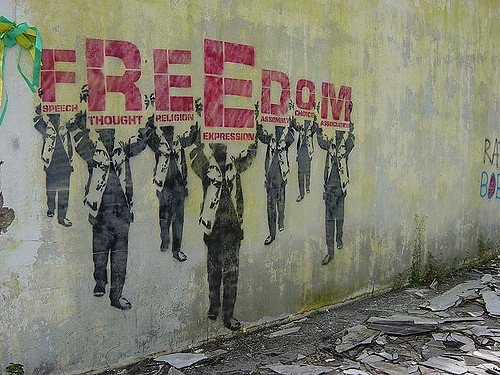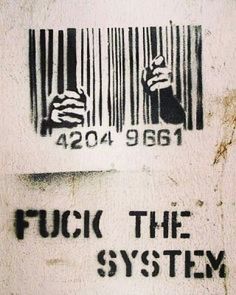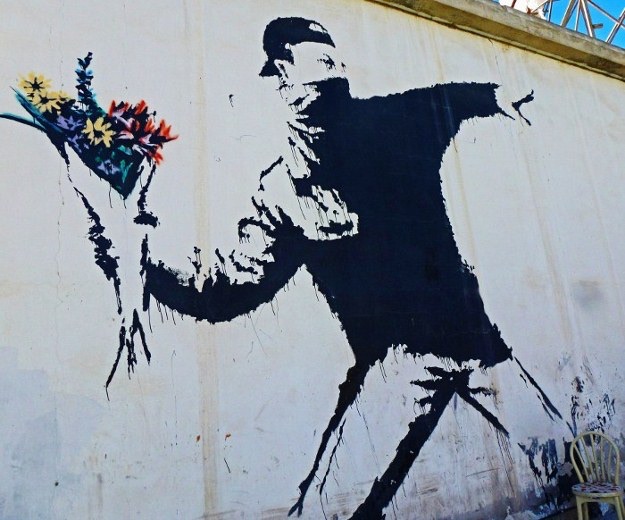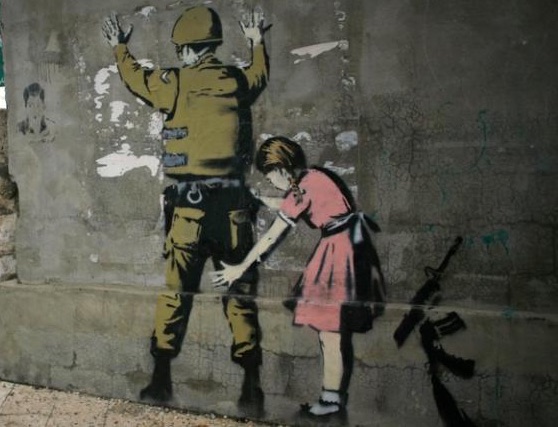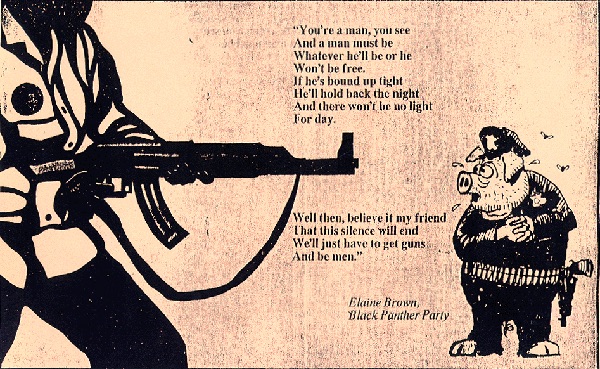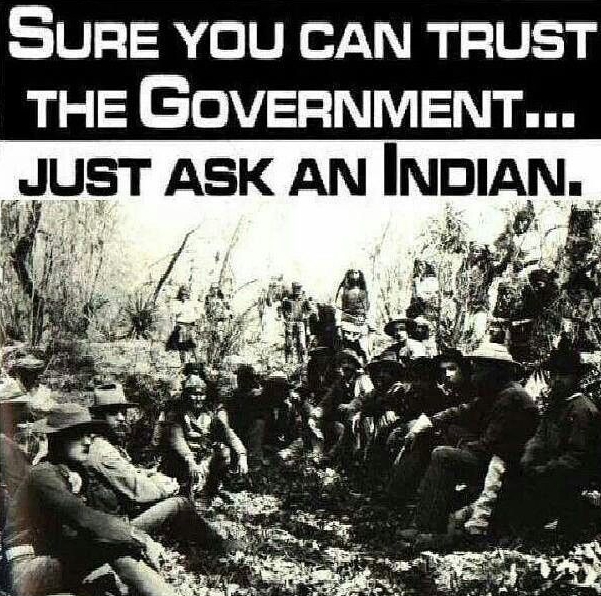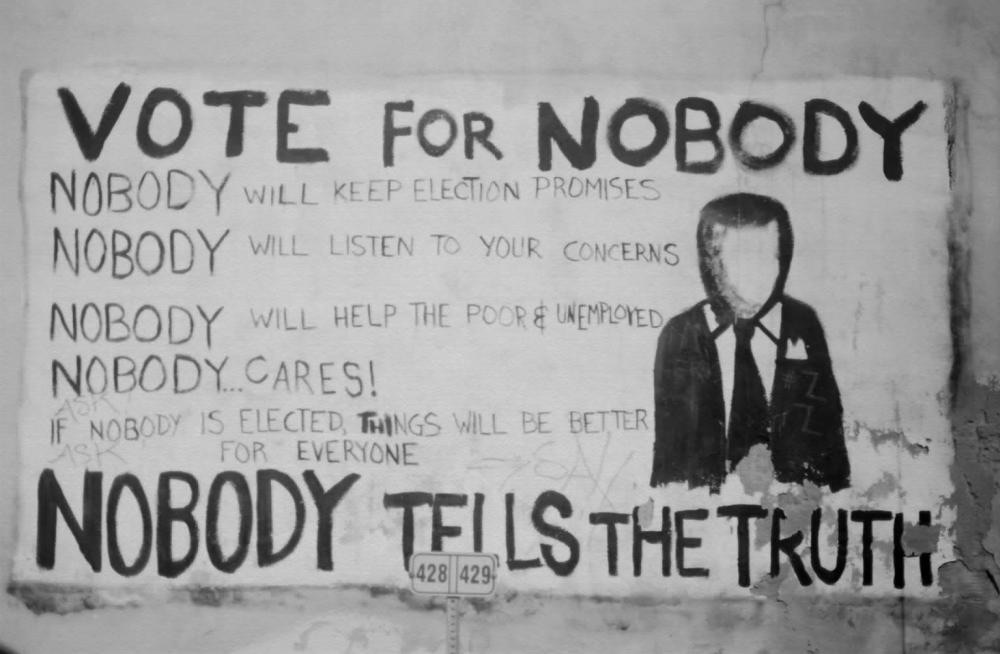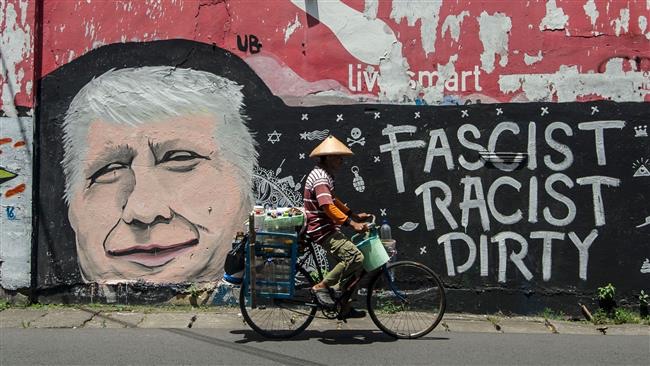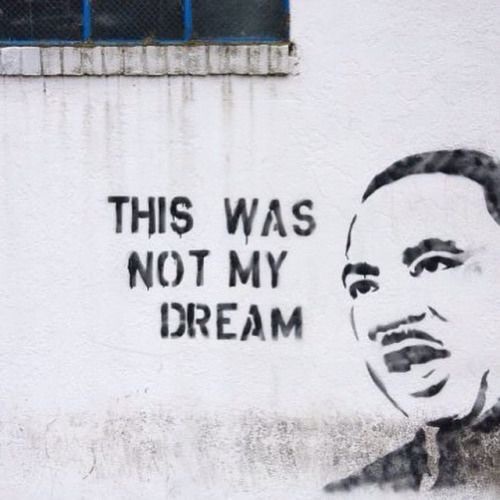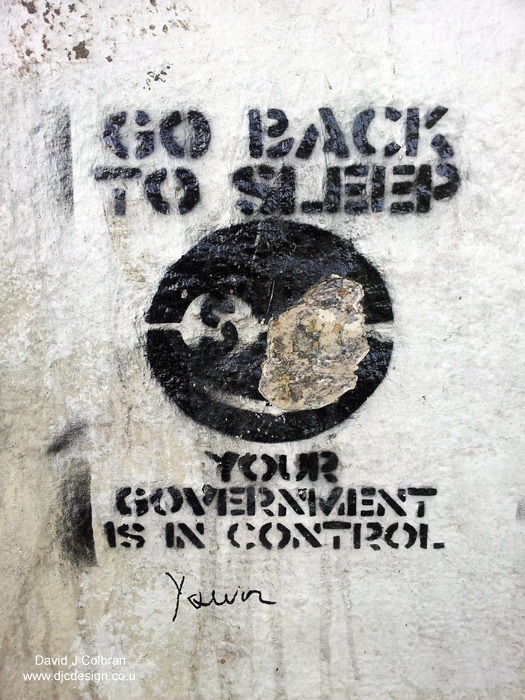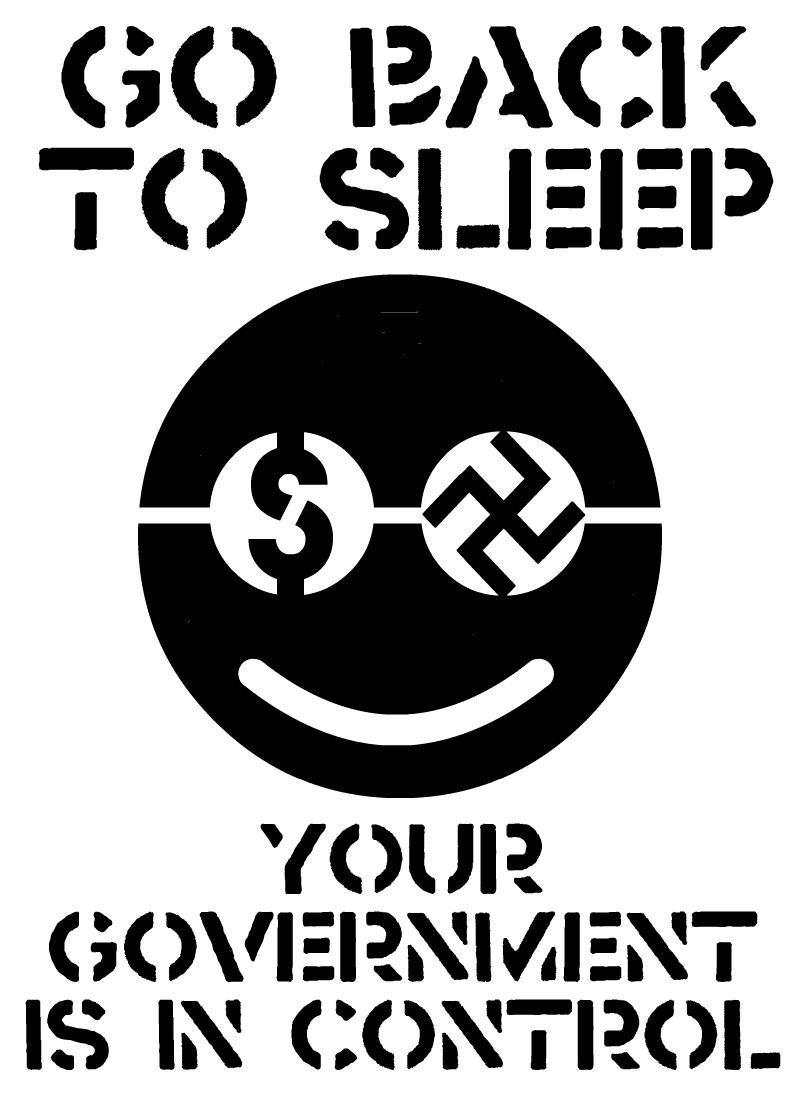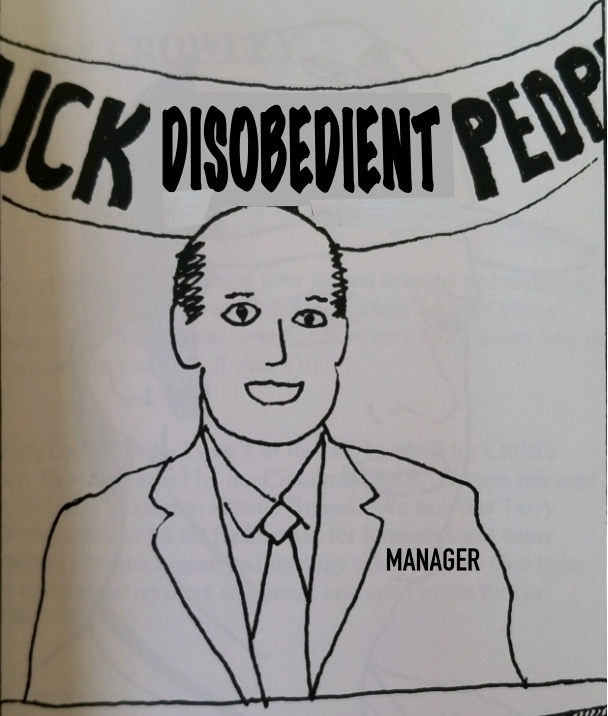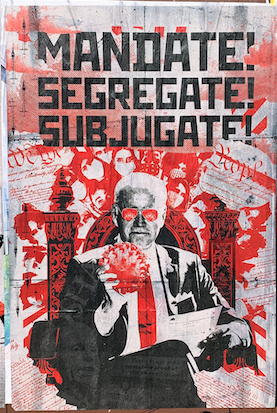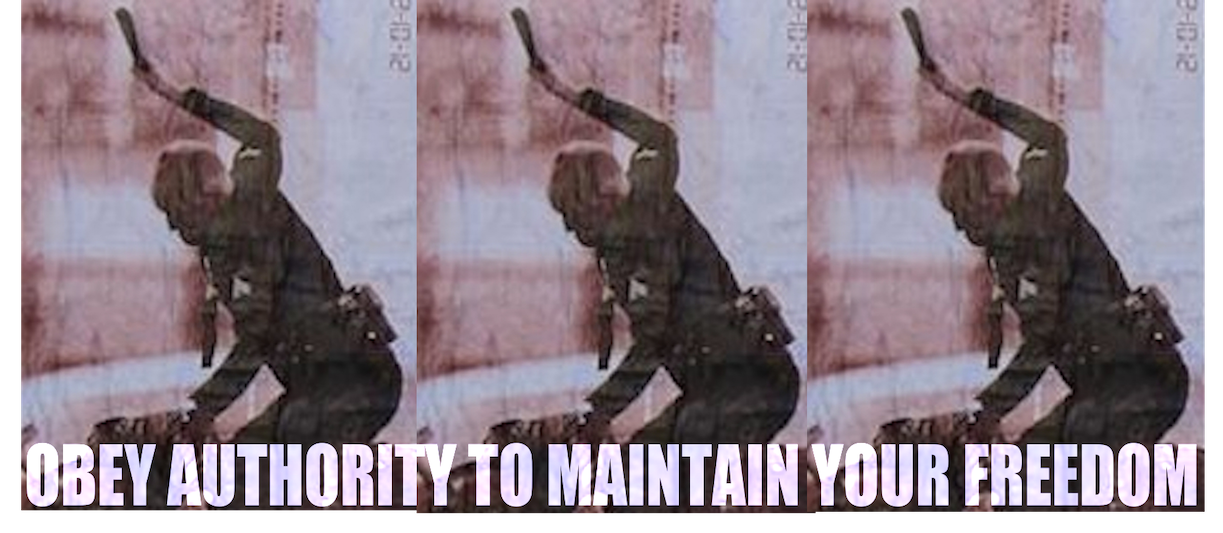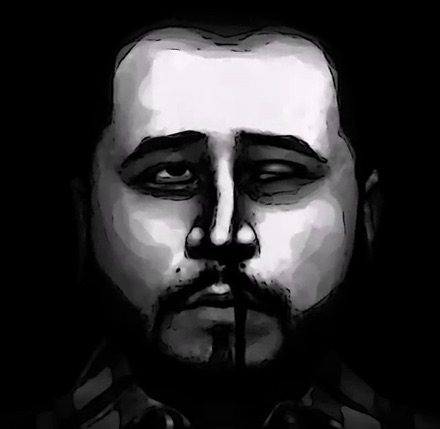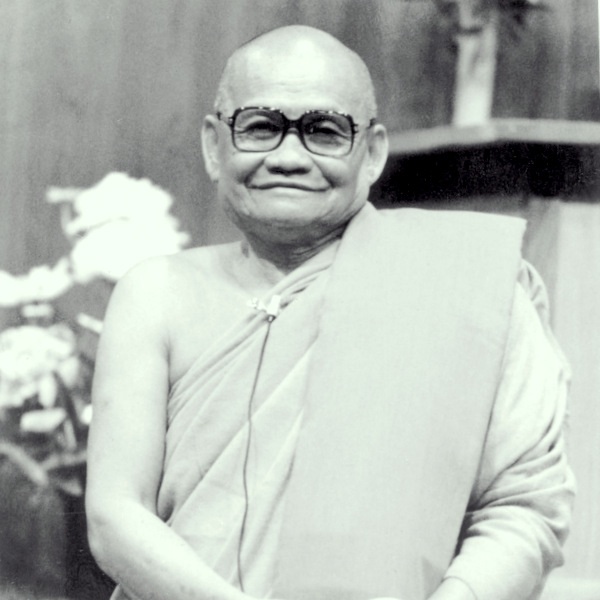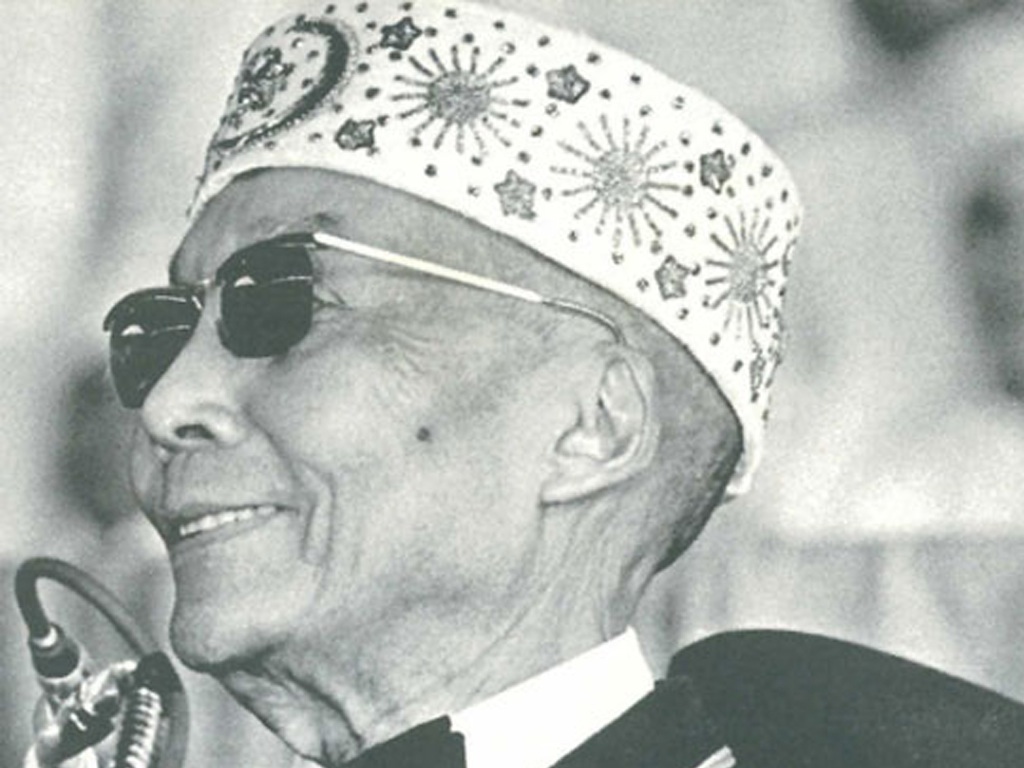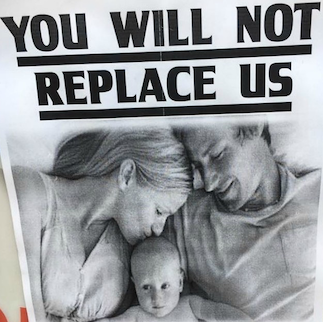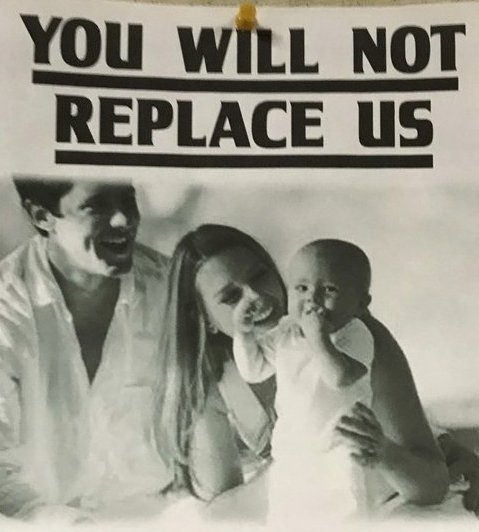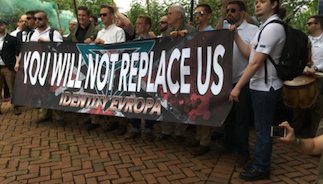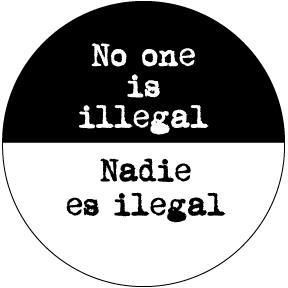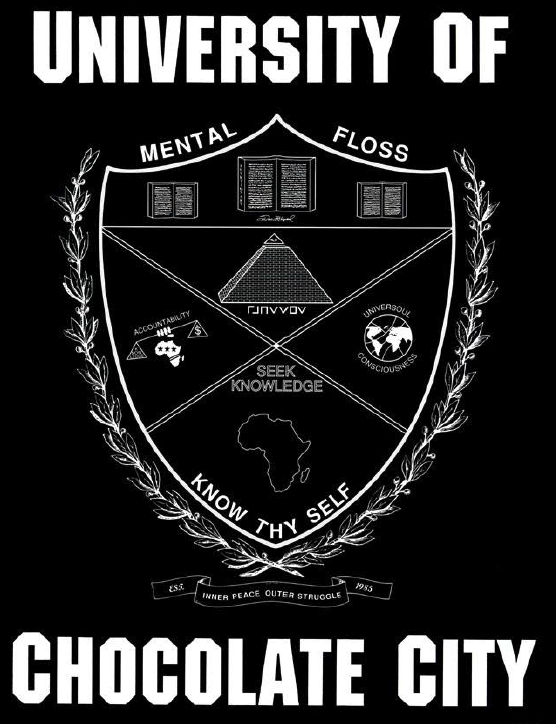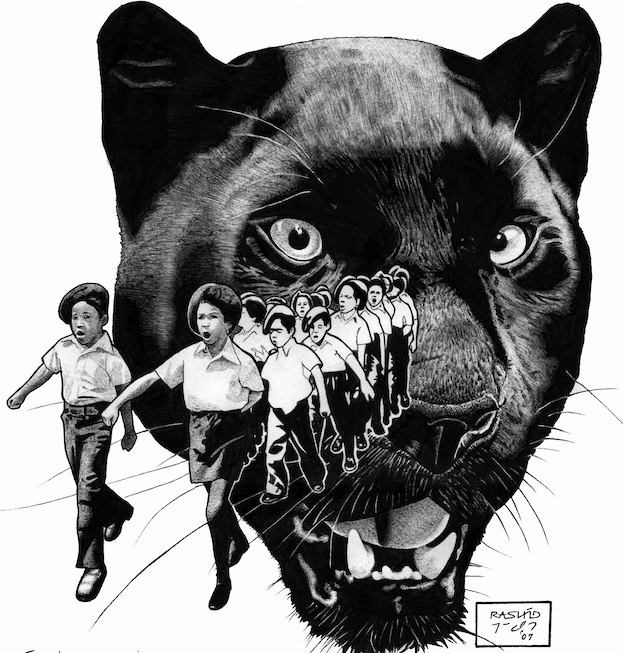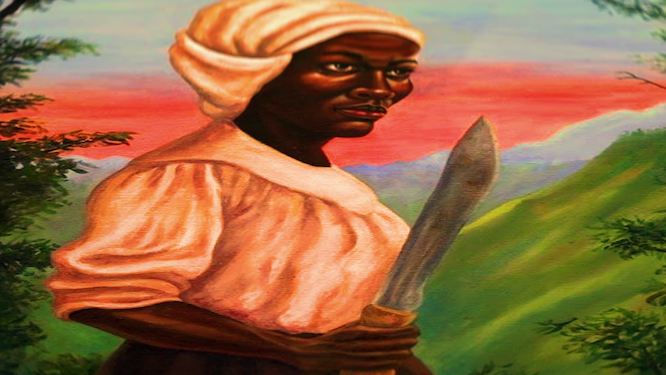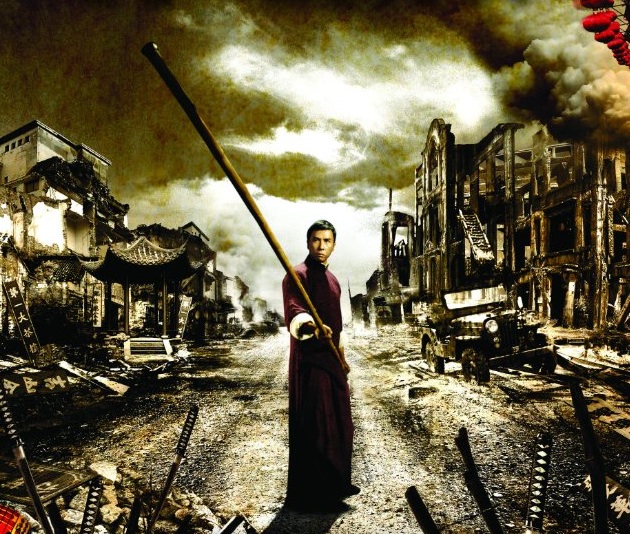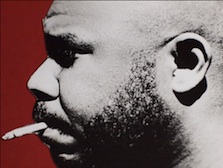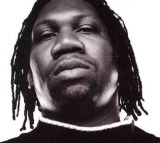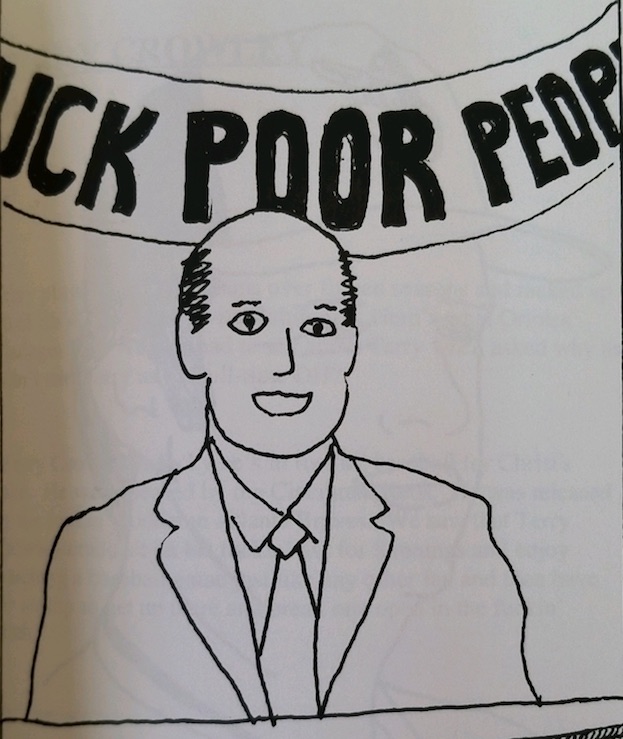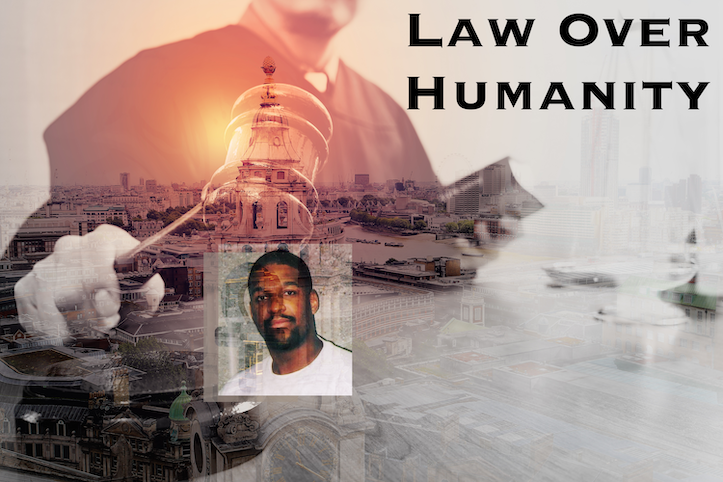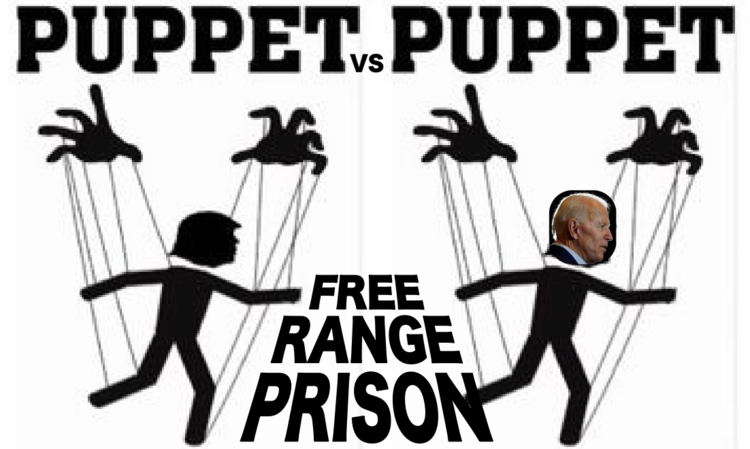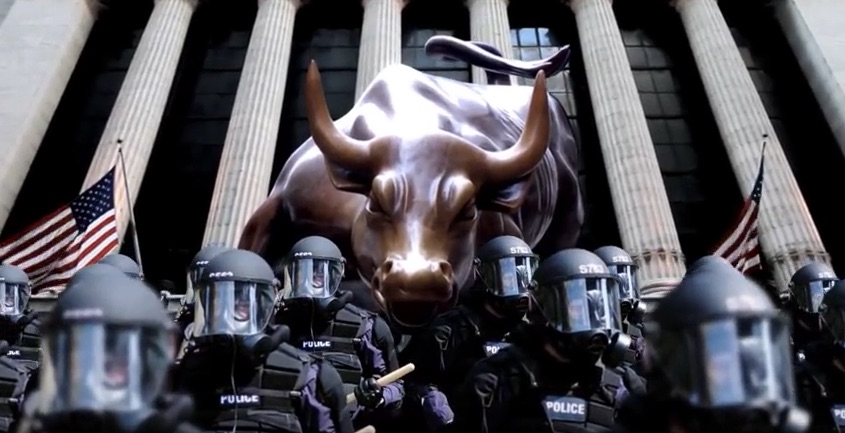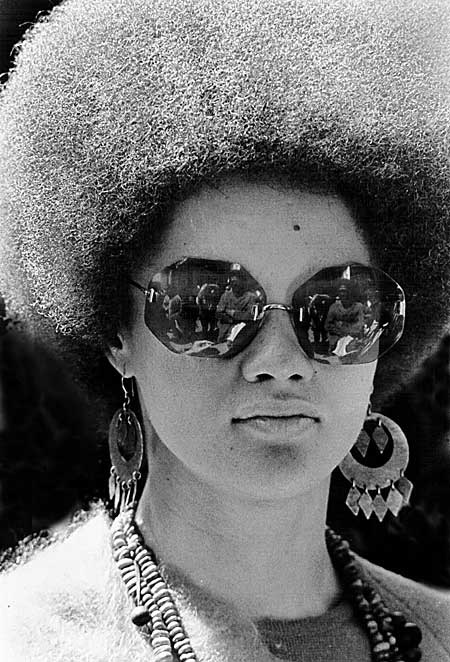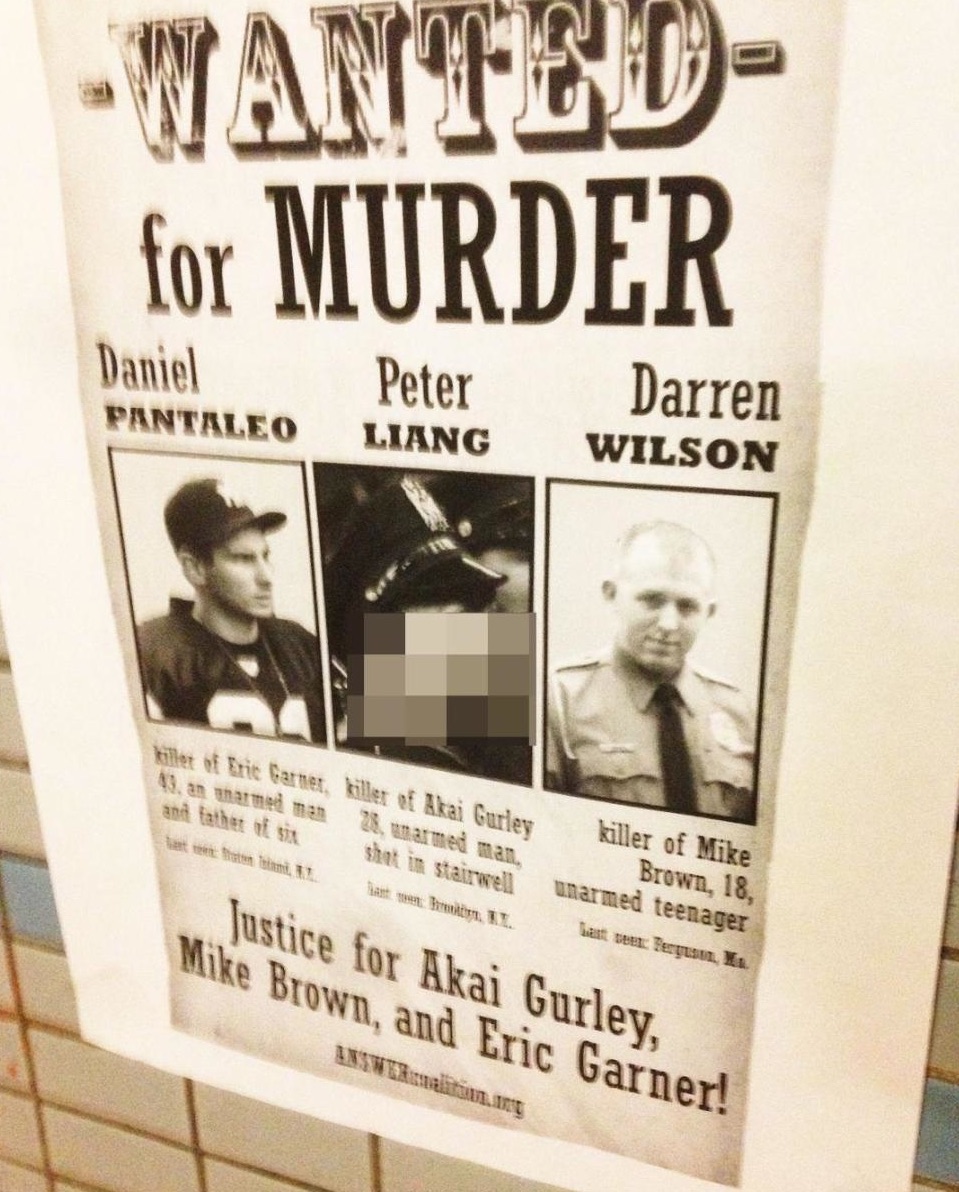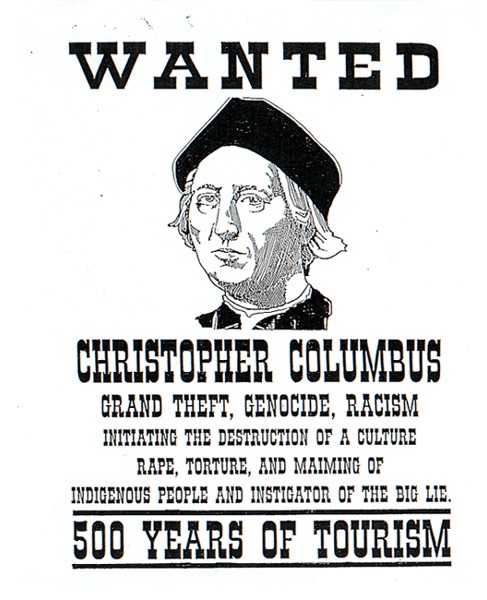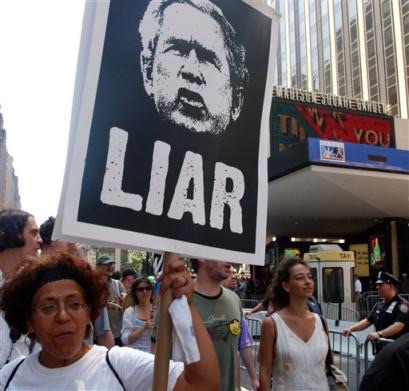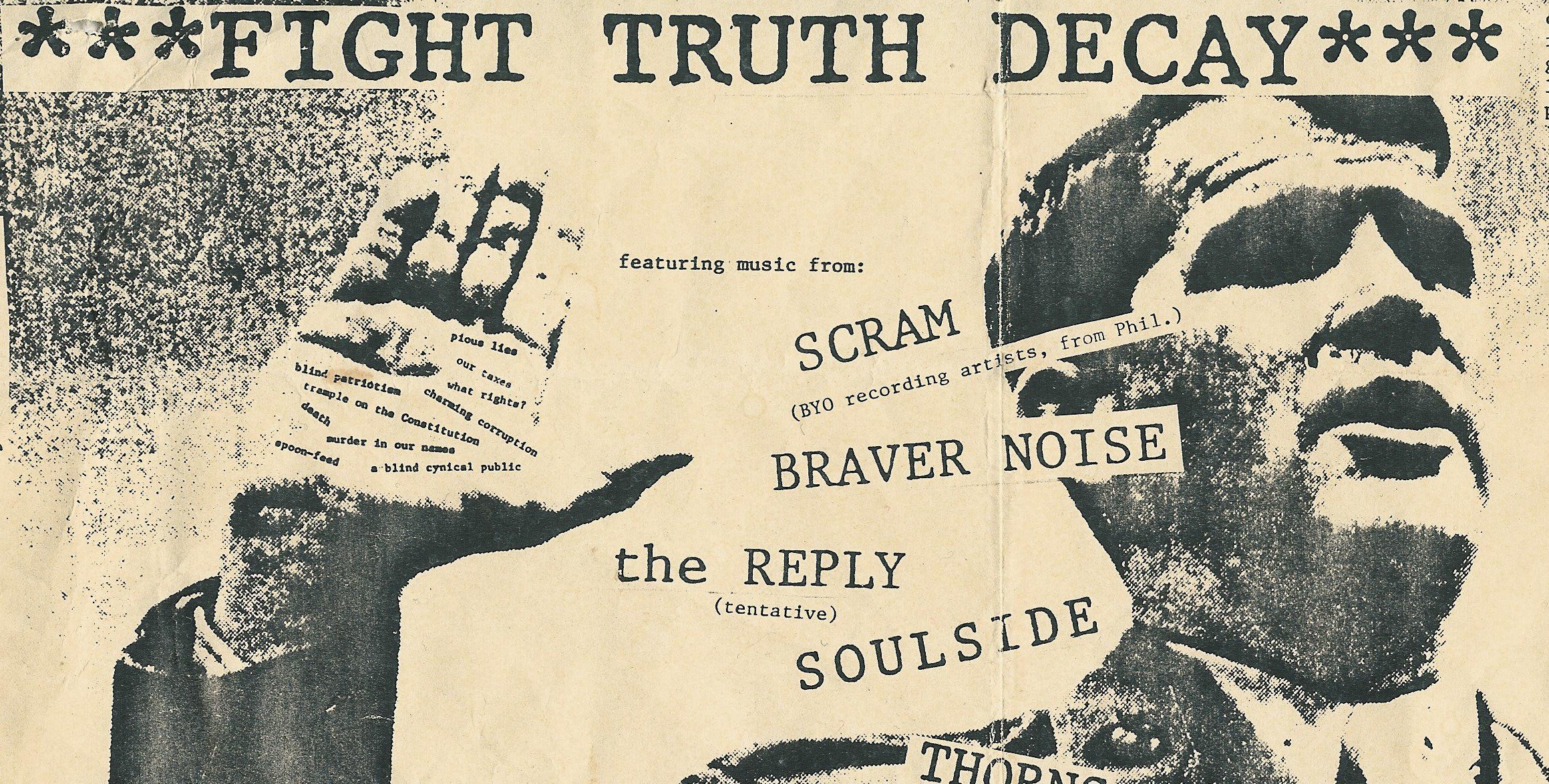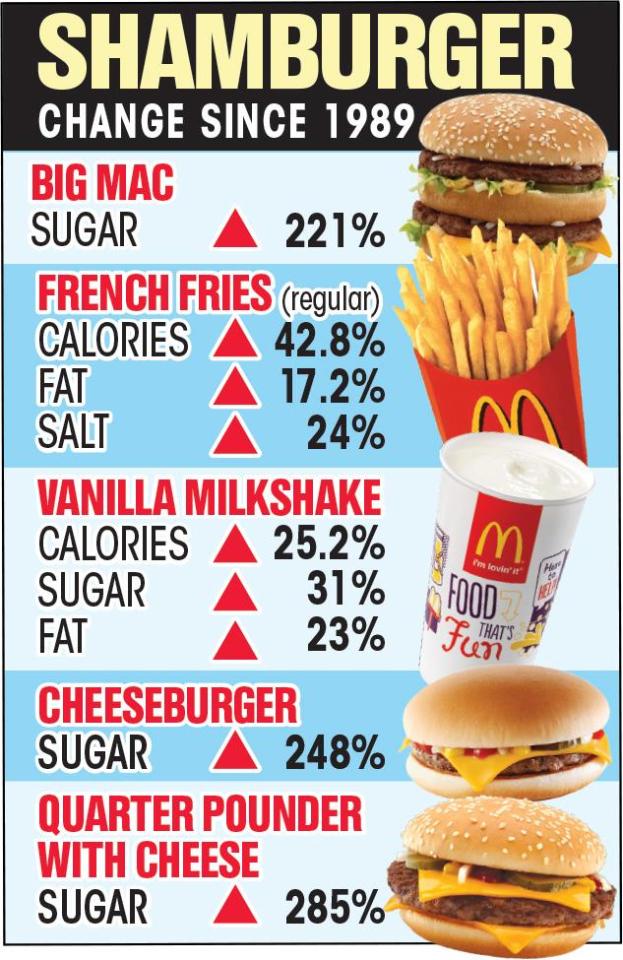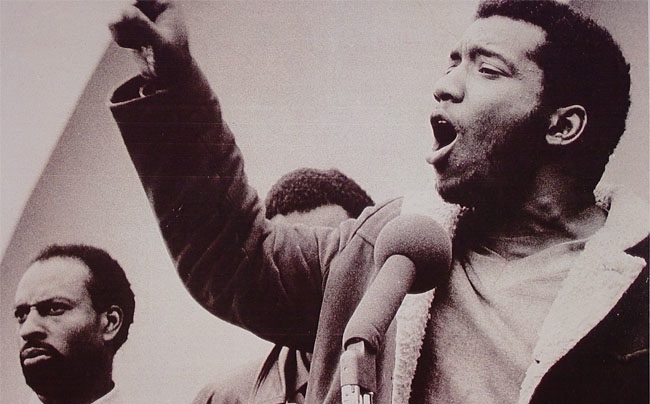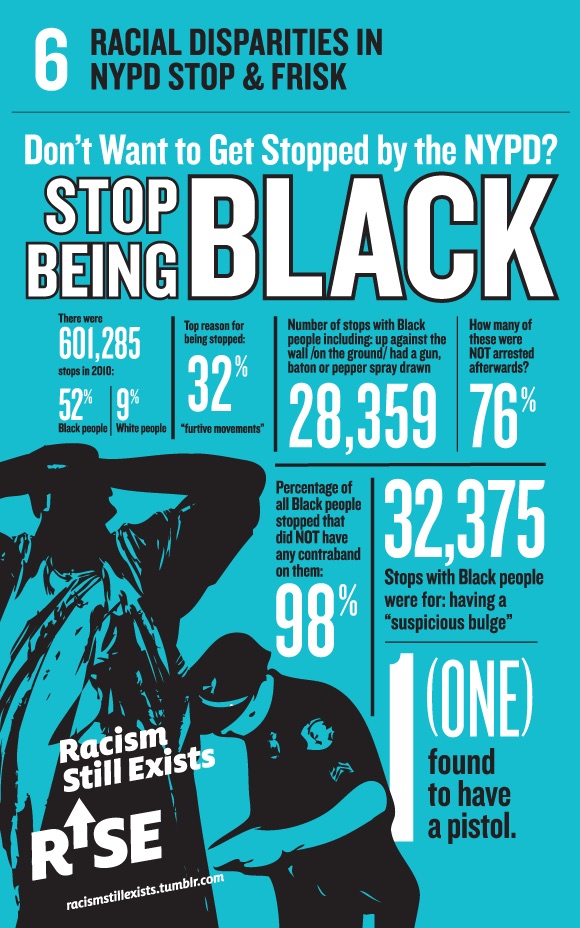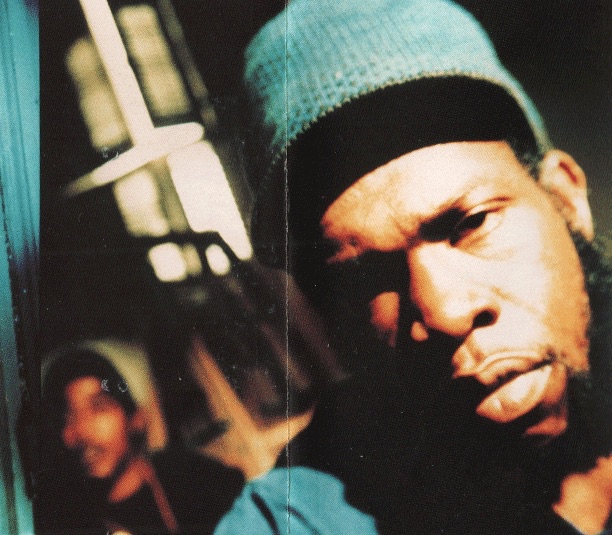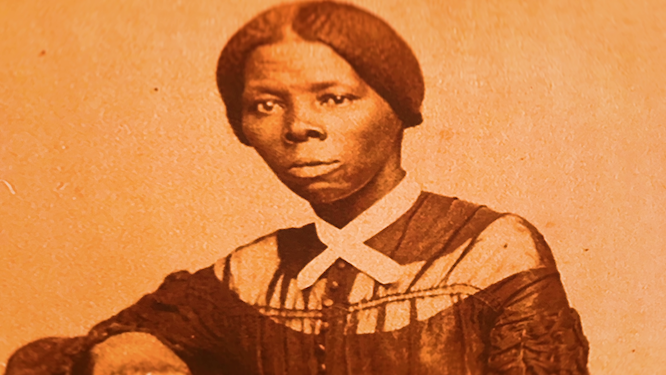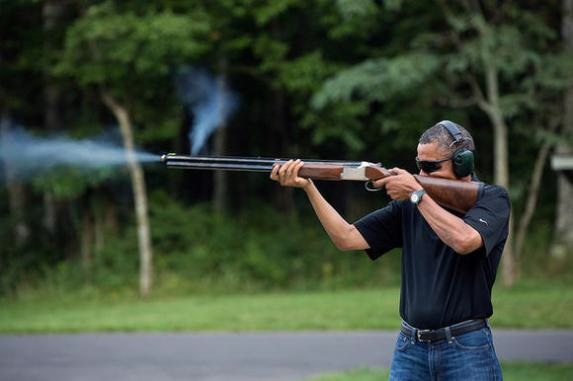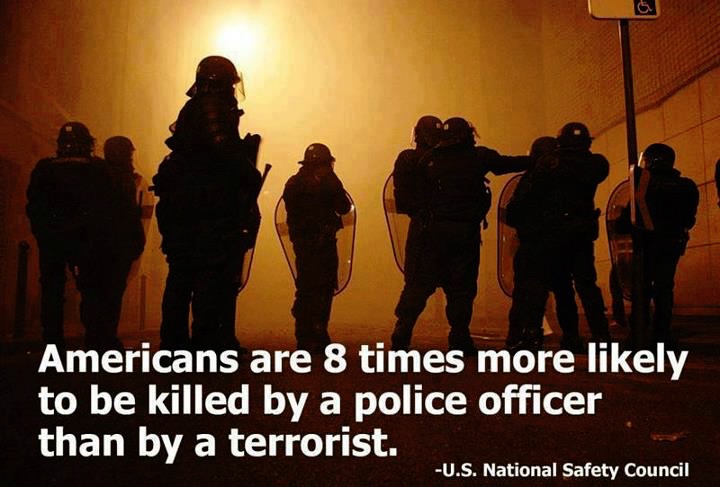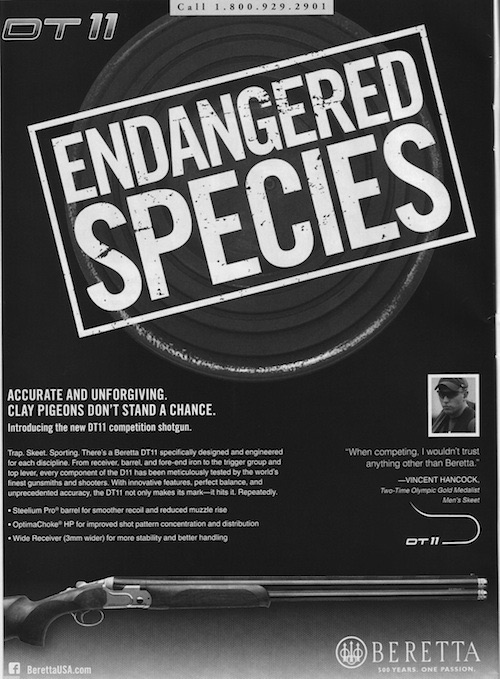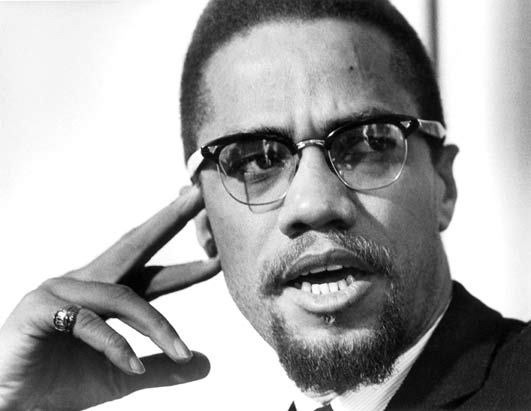From Poverty to Slavery: Traffickers Force Migrants into Prostitution
/- Originally published in the Sun-Sentinel (Fort Lauderdale, FL) April 11, 2005 Copyright 2005 Sun-Sentinel Company
BY Ruth Morris Staff Writer
The three women were promised jobs as waitresses, a softer life in a new place. But once they had arrived in Florida, they were dropped off at dingy bordellos -- not diners -- and pressed into work as prostitutes.
Later, with their johns in jail and prosecutors eager to hear their testimony, the three disappeared, melting into a faceless community of undocumented immigrants who have paid the steepest fares for their passage into the United States.
"No one wants to cooperate. No one wants to make a declaration, so we have no information," said an embassy worker who interviewed the women last year and who requested anonymity because of the delicate and dangerous nature of the case. "Our people don't complain. They don't consider it a crime. They think it's a blessing that they can come."
The case was unusual, not because of the women's refusal to come forward, but because it came to light at all. Experts say thousands of immigrants are trafficked into the United States every year, pressed into work in factories or fields, held ransom, or, in extreme cases, bused to brothels to work to pay off a debt to their "coyote," or smuggler. Most cases go unreported, aid workers say, for fear of beatings, deportation or reprisals against family members. And as the case of the three prostitutes suggests, few victims find their way to help, let alone a witness stand.
According to the National Intelligence Council, the CIA director's think tank, the smuggling and trafficking of women and children is the second most profitable criminal activity in the world, following only drug trafficking. An interagency government report estimates 14,000 to 17,500 immigrants are trafficked into the United States annually, with Florida the third most common destination after New York and California.
"The numbers are the tip of the iceberg. This is really a below-the-surface, hidden crime," said Leslye Boban, director of the Florida Freedom Partnership, which offers housing and counseling to victims of human trafficking.
Having come to the United States illegally, victims often fear they'll be deported if they speak to police, she said. They prefer to lie low or go home. The Trafficking Victim Protection Act of 2000 brought some cases forward by offering immigrants work permits and a reprieve from deportation if they would testify against trafficking suspects. Florida adopted similar legislation at the state level last year, but few immigrants know it exists.
"It takes a long time for the talk on the street to pick up on it," Boban said.
Efforts to reach out to victims coincide with a national push to close off the porous U.S.-Mexican border, where hundreds of thousands of immigrants cross illegally every year. Immigrant advocates say beefed up enforcement has failed to stop the flow while channeling immigrants towards the Arizona desert, where dozens have died of dehydration.
"It's harder and more dangerous to cross, and that has created a very lucrative business for human traffickers," said Jorge Lomonaco, the Mexican consul general in Miami. "When you increase the risks, you set the scene for organized crime to get involved."
Only two trafficking cases have made headlines in Florida in recent years. In 2002, three citrus contractors were convicted of conspiring to hold farm workers against their will, patrolling a work camp with guns. In 1998, the FBI smashed a Mexican prostitution ring that was bringing immigrants as young as 13 to work off smuggling fees in run-down South Florida brothels.
In a third case that may be prosecuted as human trafficking, police last week rescued a Guatemalan girl, Susana Jose, 18, from smugglers. The two suspects in that case allegedly brought her across the Mexican border, then threatened to "sell" her when her parents couldn't come up with all the money they owed for her journey. Lantana police found $11,000 in the men's vehicle, along with a ledger listing names presumed to be other smuggled immigrants.
"The immigration system is broken, and we're shrugging our shoulders," said Greg Schell, a lawyer and director of the Migrant Farmworker Justice Project in Lake Worth. To make his point, Schell flipped through a stack of pay stubs from a pending case. The slips, belonging to a farm worker, listed income and federal tax deductions in neat boxes. But scrawled clumsily along the bottom, by hand, was a large "C" for coyote, and a $60 charge. Another subtraction, for $100, was marked with an "R" for rent.
Schell said trafficking cases are fairly infrequent, but there are variations on the theme. In peonage, immigrants work off their debts to smugglers, for example, in Florida's tomato fields and orange groves. The difference is they agree to do so.
"These are almost daily cases," said a Guatemalan who lives in Palm Beach County of the recent rescue of Jose, who was freed from her captors after a televised police chase. He also requested anonymity, for fear of reprisals, but said he, too, was held for ransom by traffickers when he came to the United States in the late 1980s. He was held for 18 days, he said, and only occasionally fed scraps, when his coyote claimed his $300 smuggling fee hadn't been deposited in the proper account.
Yet his memory of the incident was laced with resignation, illustrating why such crimes have been so difficult for investigators to crack.
A Global Problem
In 2004, victims trafficked around the world were from Africa, East Asia and the Pacific, Europe and Eurasia, Near East, South Asia, and the Western Hemisphere.
80 percent are female, 70 percent of whom were for commercial sex industry
The largest number, between 5,000 and 7,000, of those trafficked into the United States were from East Asia and the Pacific, followed by Latin America and Europe and Eurasia
Between fiscal years 2000 and 2003, 448 certifications were issued to adult-trafficking victims, according to the Dept. of Health and Human Services' Office of Refugee Resettlement.
French police estimate that 90 percent of the 15,000 to 18,000 prostitutes working in France are trafficking victims.
In Uganda, the rebel organization Lord's Resistance Army forces abducted children to work as cooks, porters, agricultural workers and combat soldiers; girls are subjected to sex slavery under the guise of forced marriage.
The State Department classifies Cuba as a country of "internal" trafficking, for sexual exploitation and forced labor. Child sexual victims are generally teenage girls 14 to 17 exploited as prostitutes within the tourism industry.
Nepal is a source country for girls and women trafficked to India for forced prostitution, domestic servitude, forced labor and work in circuses.
Source: 2004 Trafficking in persons report, U.S. State Department


